世界公民,共享地球|双语部毕业成果展
PYP毕业展是学生理解并运用探究课五大要素(知识、概念、技能、学习者目标和行动)的机会。学生从引导式探究转向独立探究,选择自己感兴趣的话题、概念,设计自己的探究单元。我们可以把这看作他们在PYP中的毕业任务,正如学生朱昭赫所说,“毕业展是对之前所有总结评估的总结性评估。”

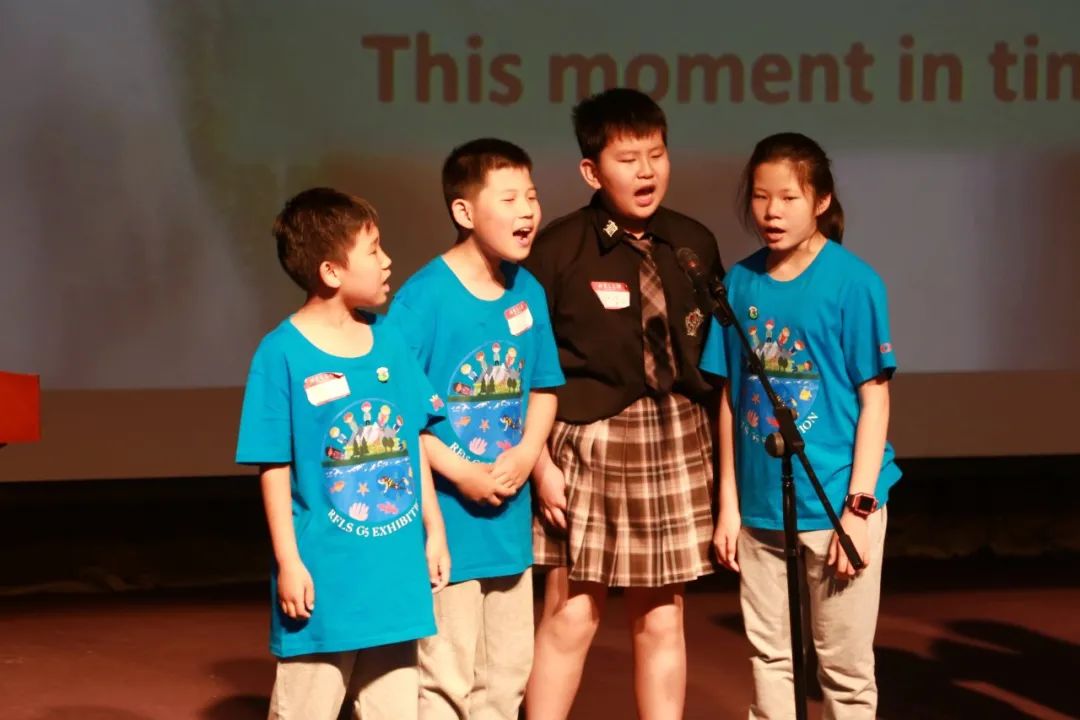
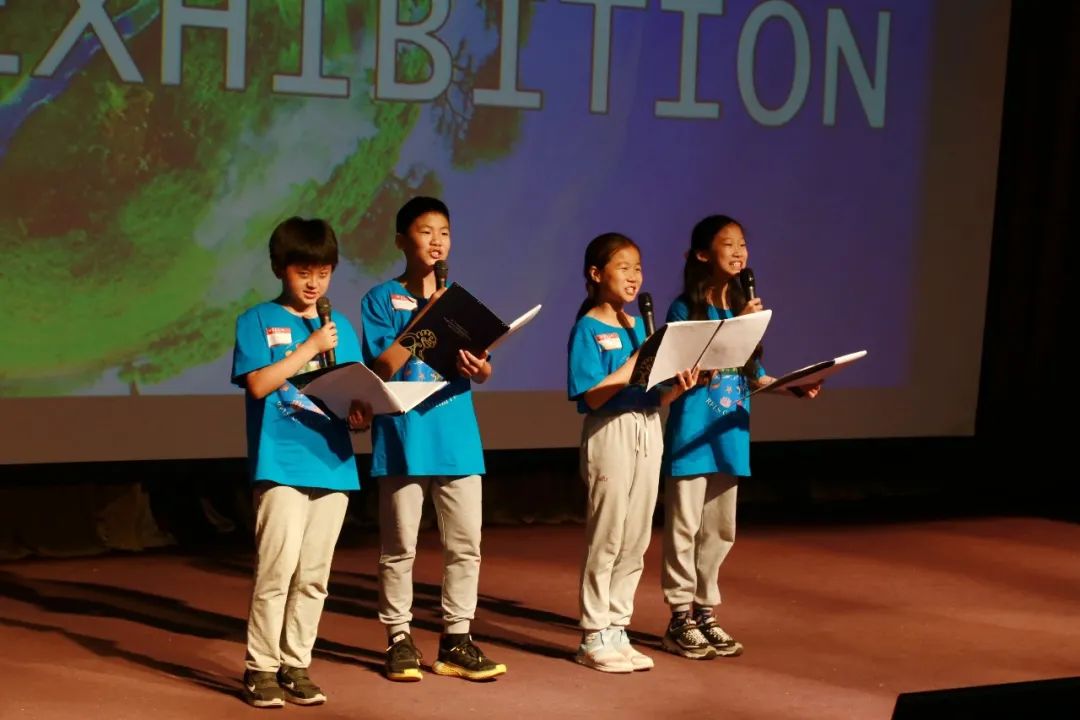
•在与他人和其他生物分享有限资源的斗争中的权利和责任;
•社区内部及社区之间的关系;
•获得平等机会;
•和平与解决冲突。
与其他探究单元不同的是,本单元完全由学生自主设计。在第二周,学生选择他们感兴趣的话题,并相应地分组,大约三个学生组成一个小组。
他们对地区和全球性的问题表现出强烈兴趣——种族主义、性别不平等、无家可归、饥饿、战争与和平、全球变暖、水污染、能源危机、濒危动物和人口过剩。孩子们花了一周的时间来构建研究计划,形成关键问题、概念、探究路线和中心思想。

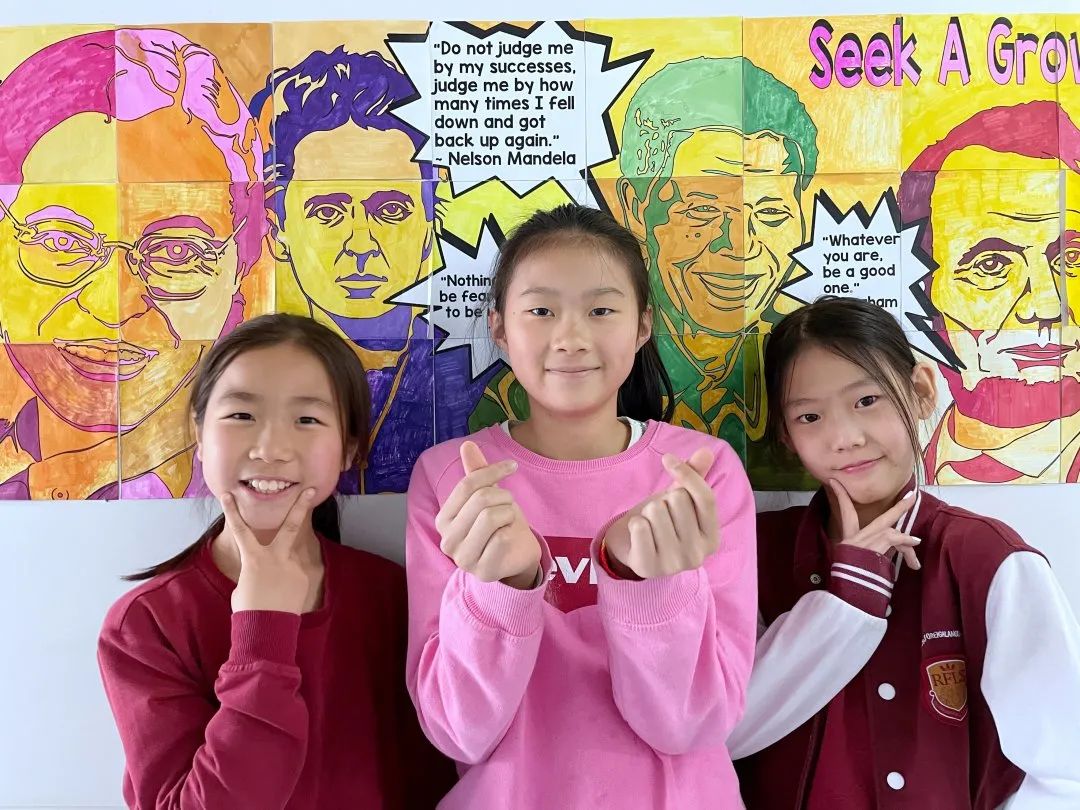
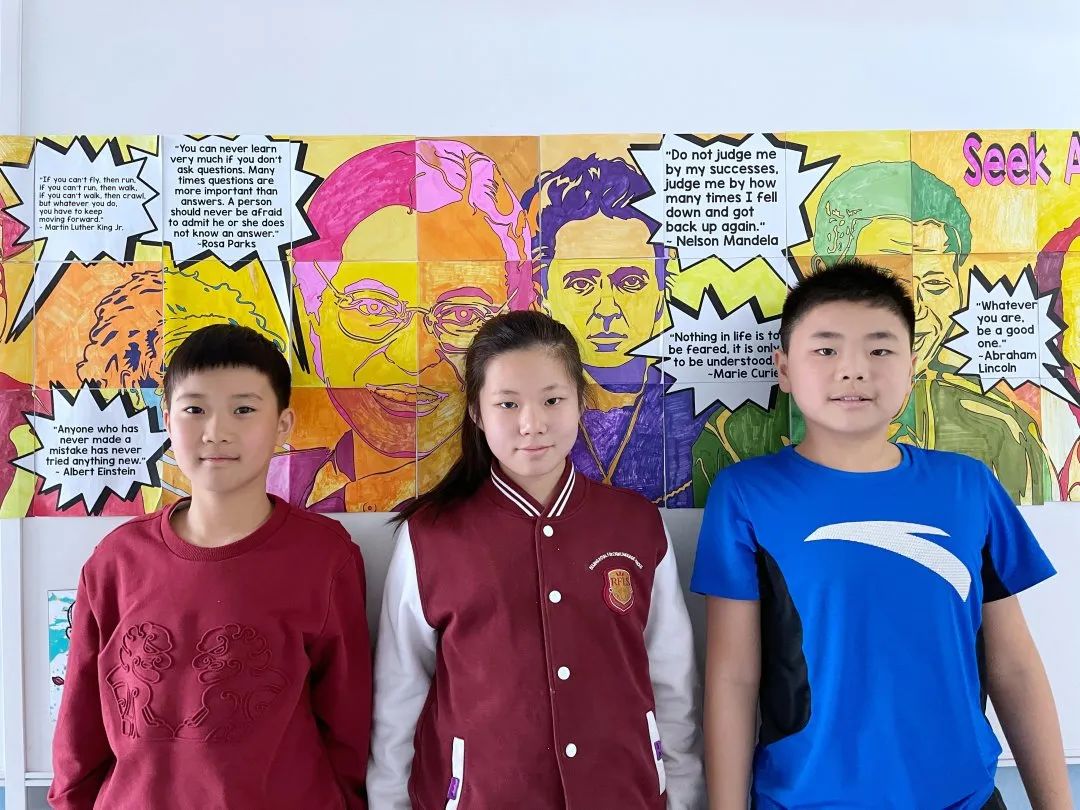

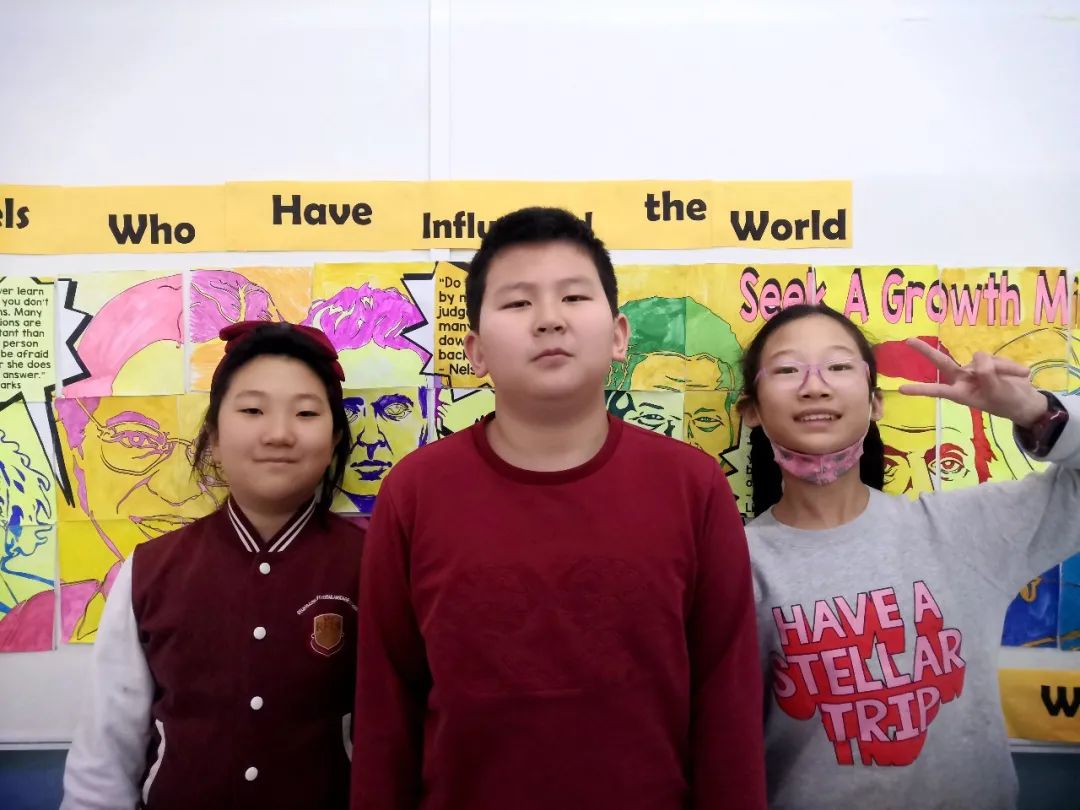
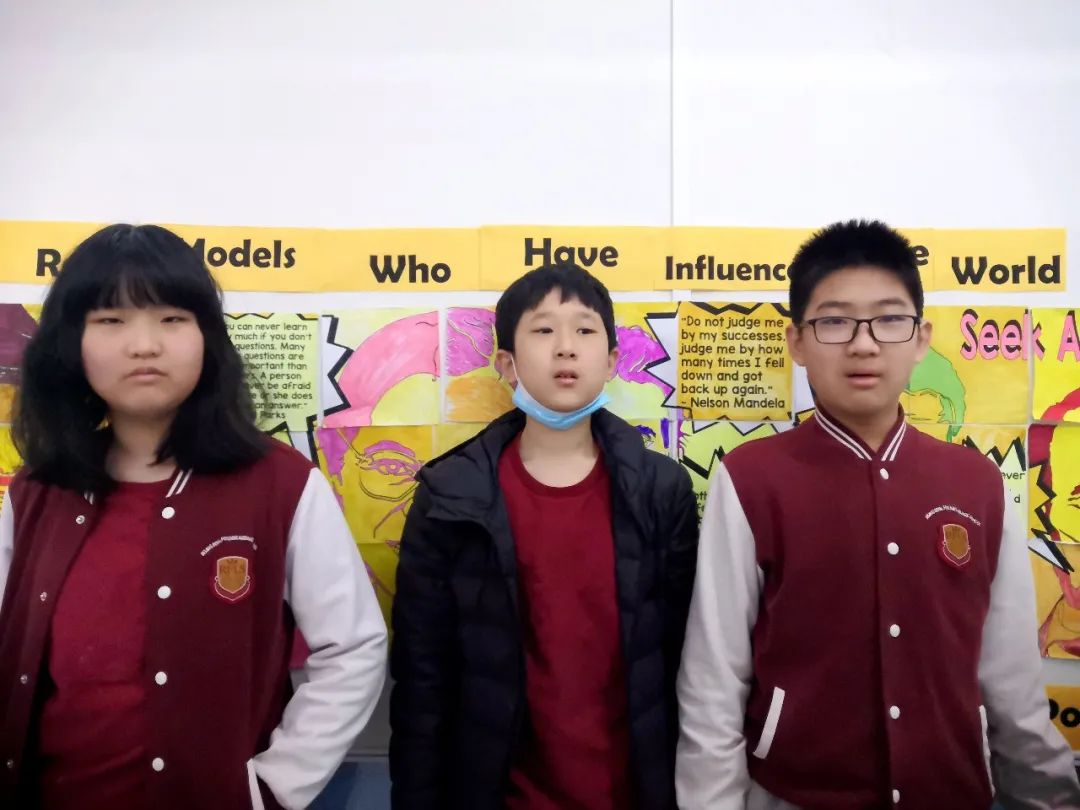
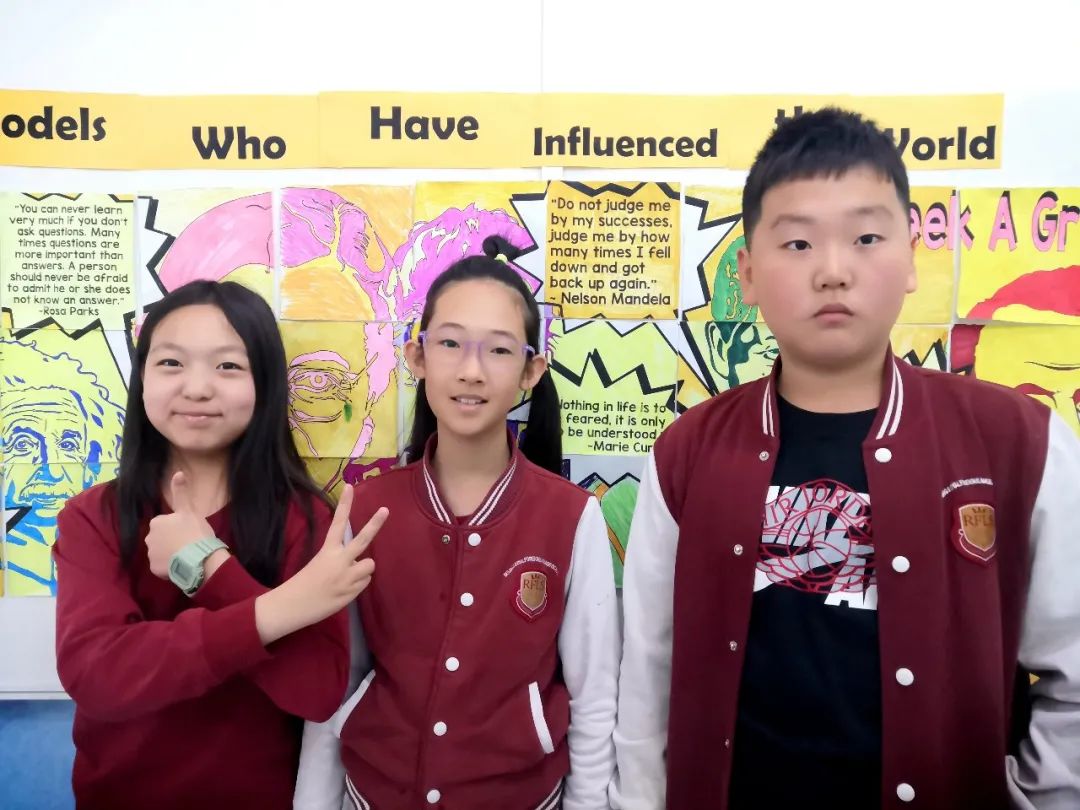

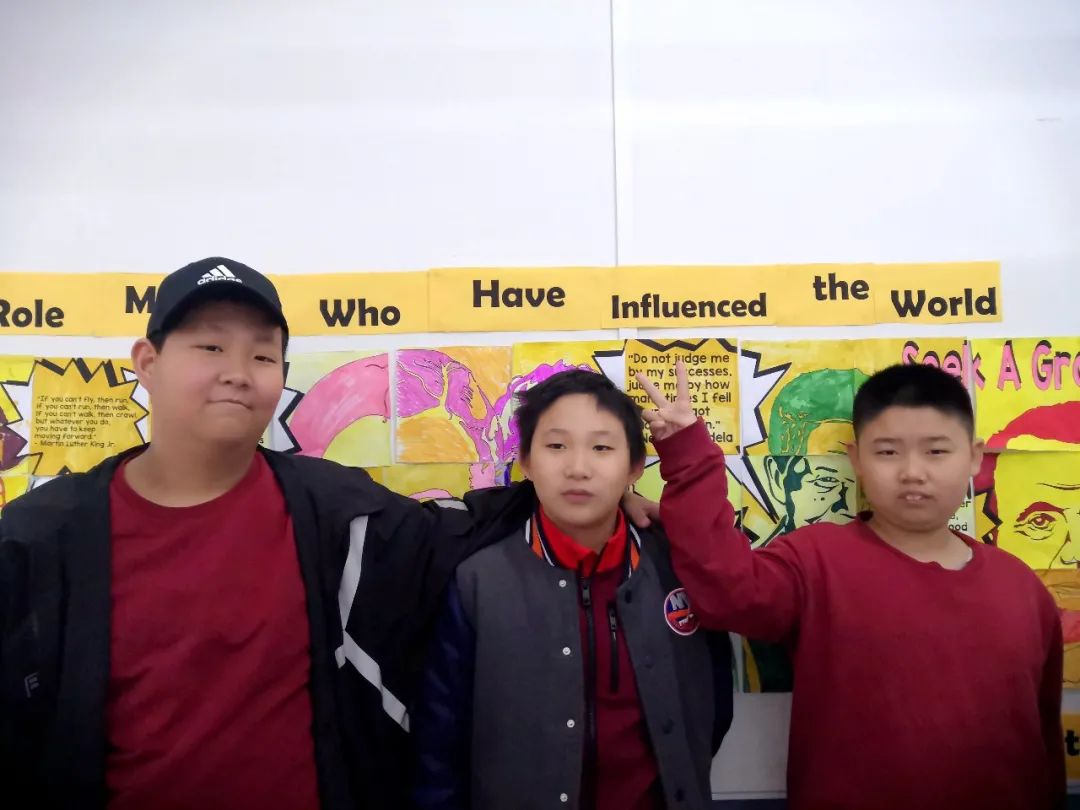
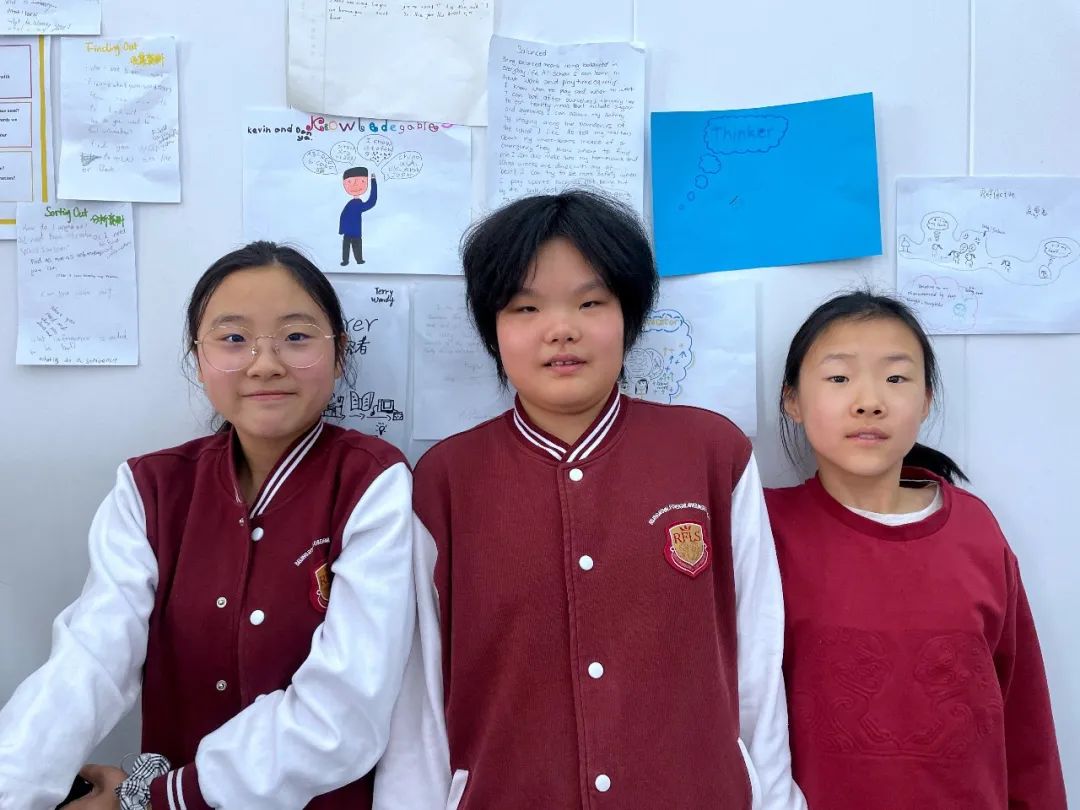
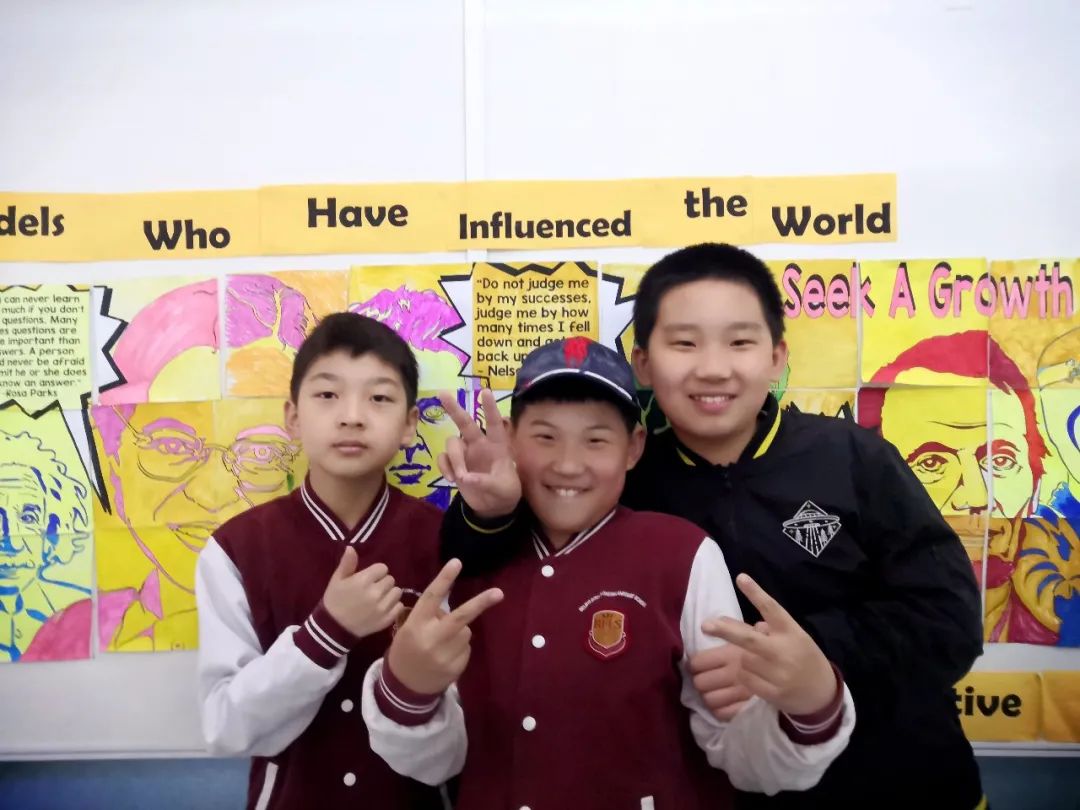
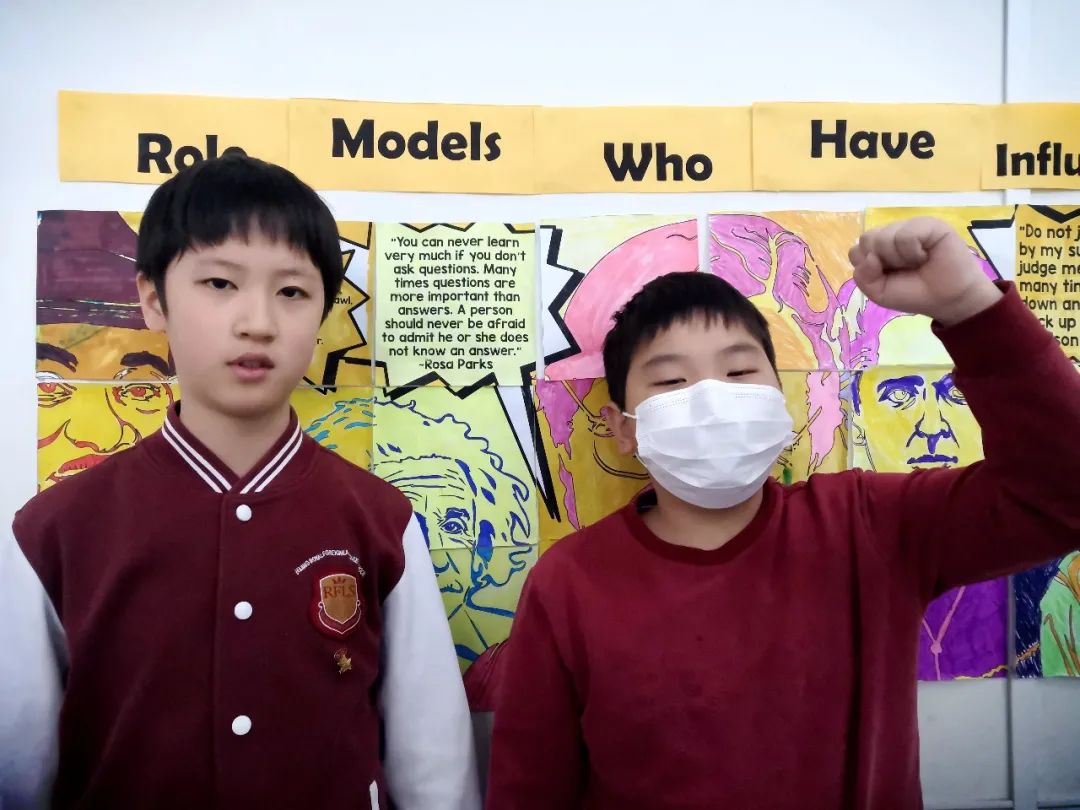
导师给学生提出建设性的问题,提供有价值的资源,并给予了正向反馈来指导和激励他们,用一颗关爱的心倾听,帮助学生做出自己的决定。
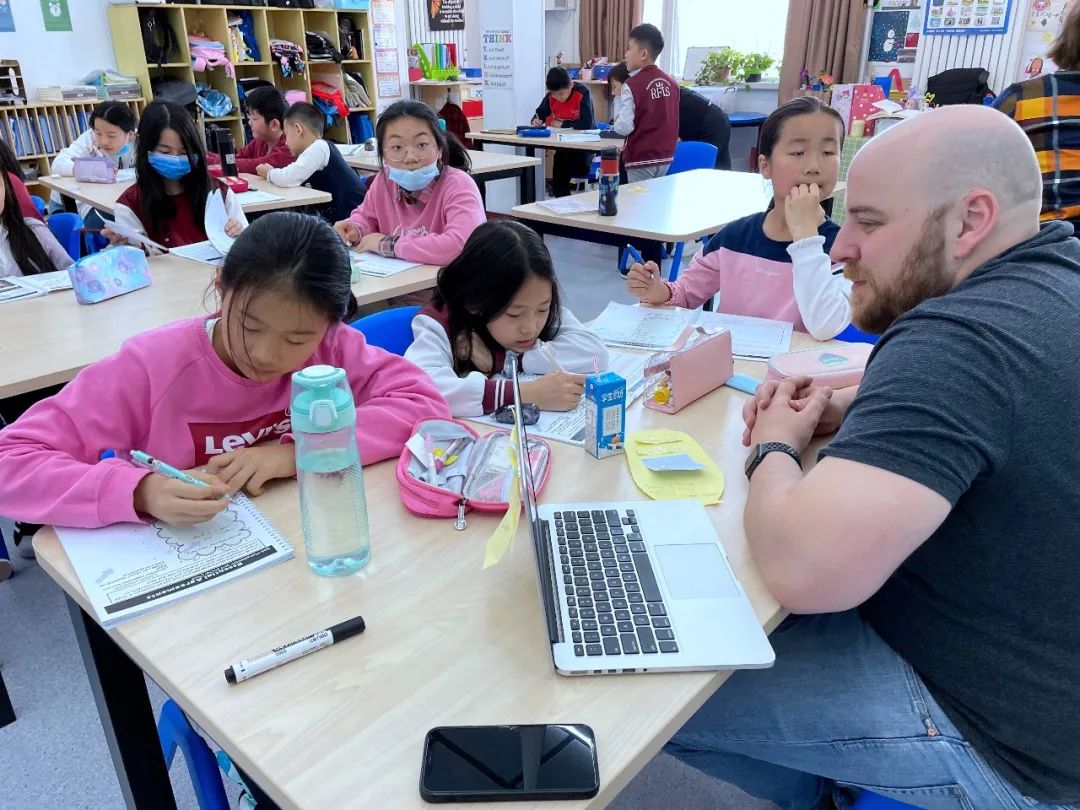

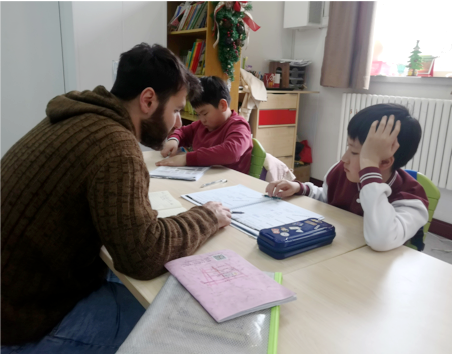
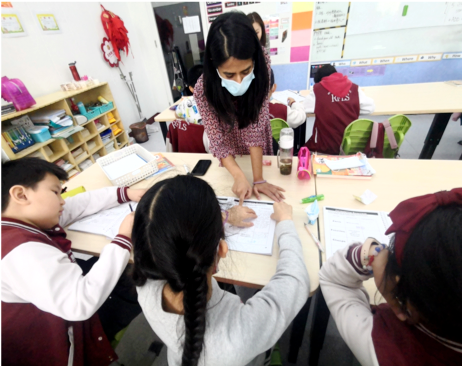


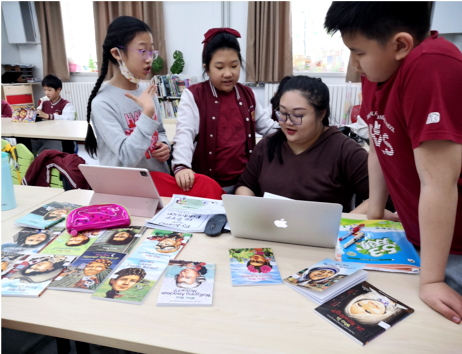
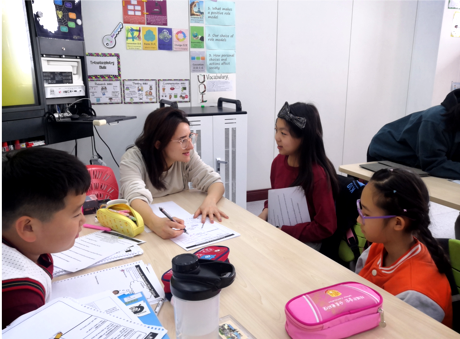
许多孩子通过互联网搜查资料,也有的在图书馆、家里查找书籍,或者买了更多的新书。有些孩子通过采访和调查来获取更多的信息,还有的在周末和父母一起去博物馆实地考察。
在查找资料的过程中,他们时刻被提醒着要深入挖掘,区分可靠的信息来源和非可靠来源。在搜集到了足够的资料以后,孩子们需要做的是对他们的信息进行分类整理。“什么重要,什么不重要?这符合我的探究路线吗?我能从我的发现中看到什么规律?信息之间如何比较?”
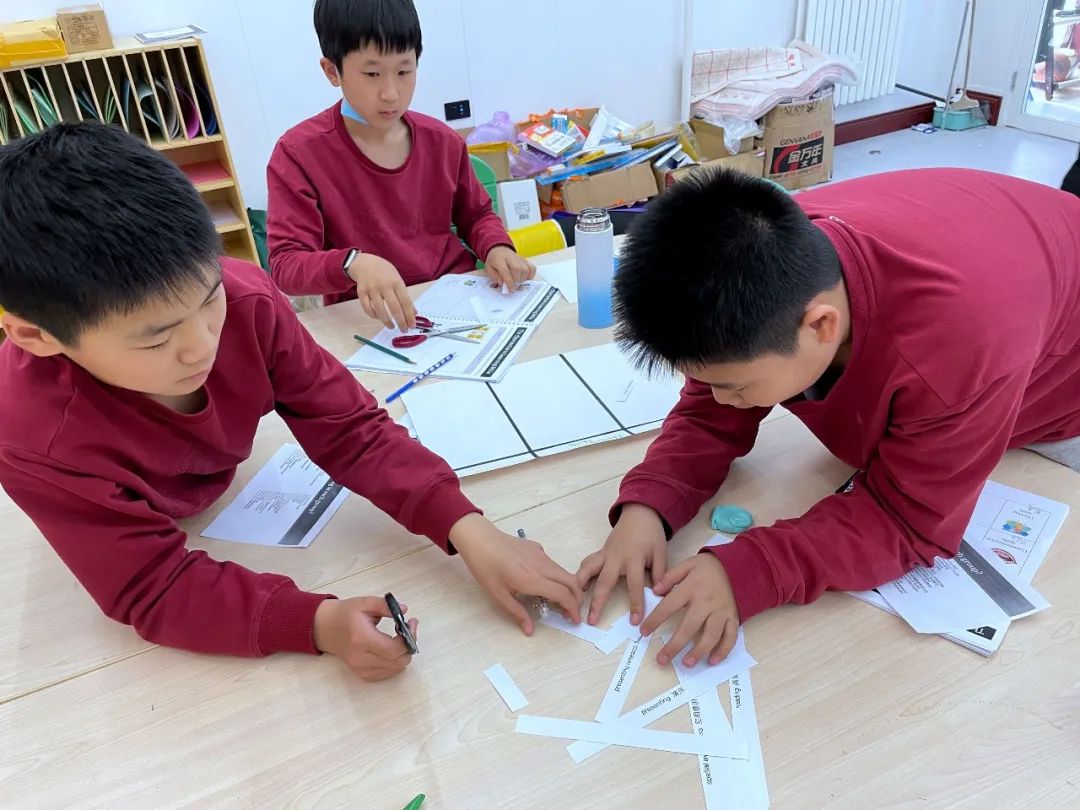
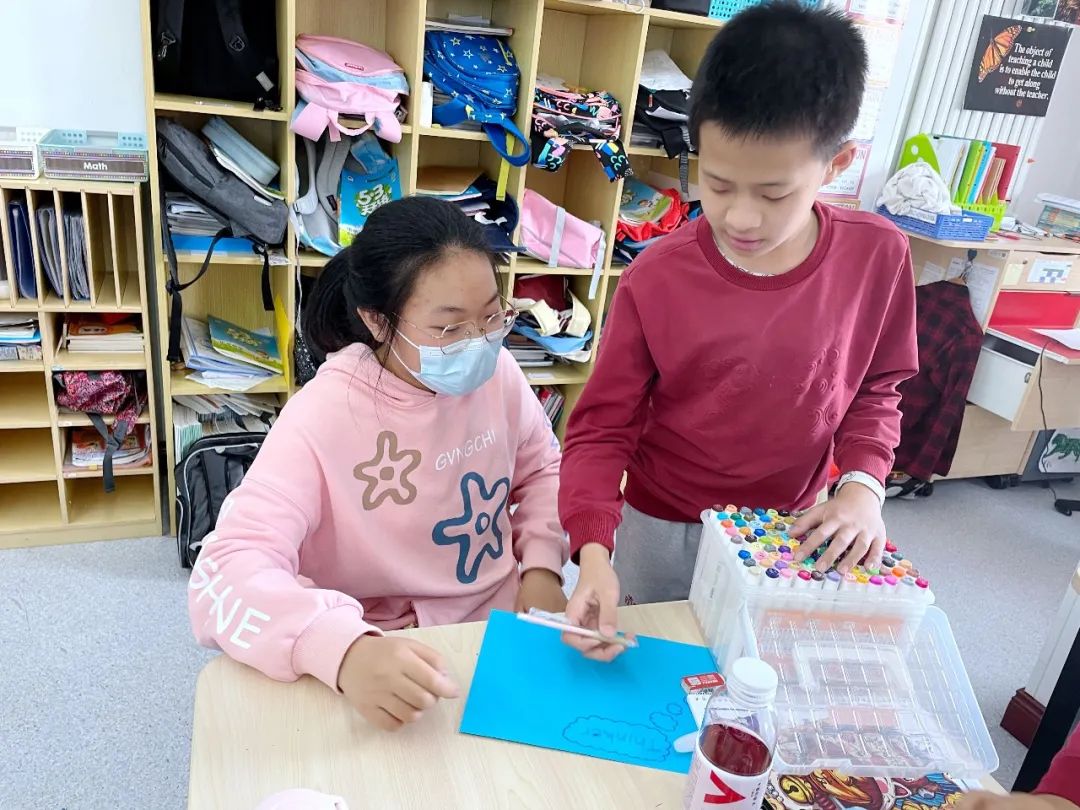
侯睿涵同学就种族主义的话题,在父亲就职的公司进行了演讲;赵天麒和蒋凯迪同学给叙利亚的战争受害者写了一封信,他们还让来访者加入他们的行动计划,为叙利亚的儿童写信或者捐赠文具用品;韩丞瑞同学同学穿上了裙子,证明了他对于性别平等的态度,他和队友王思语、姚玥伊一起为参观者热情地介绍性别平等的问题;廉旖桐、杨文问和梁诗雨同学鼓励参观者向世界自然基金会捐款。还有一些小组鼓励参观者在请愿书上签名,或者分发宣传单……现场可以感受到孩子们的积极热情和不遗余力。
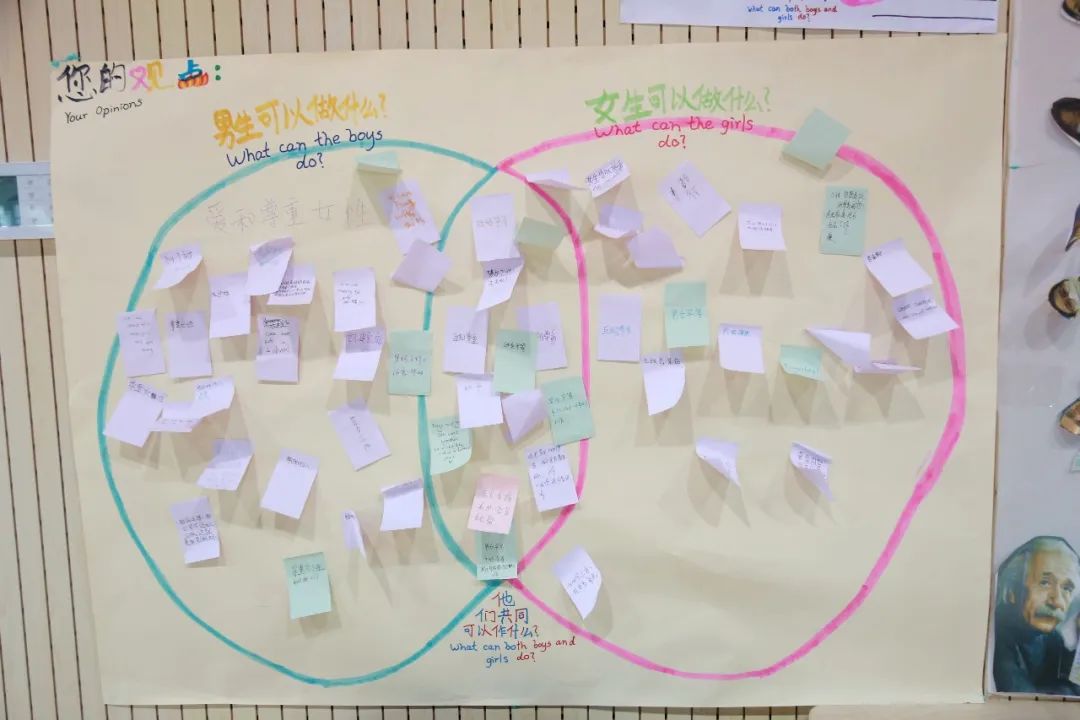
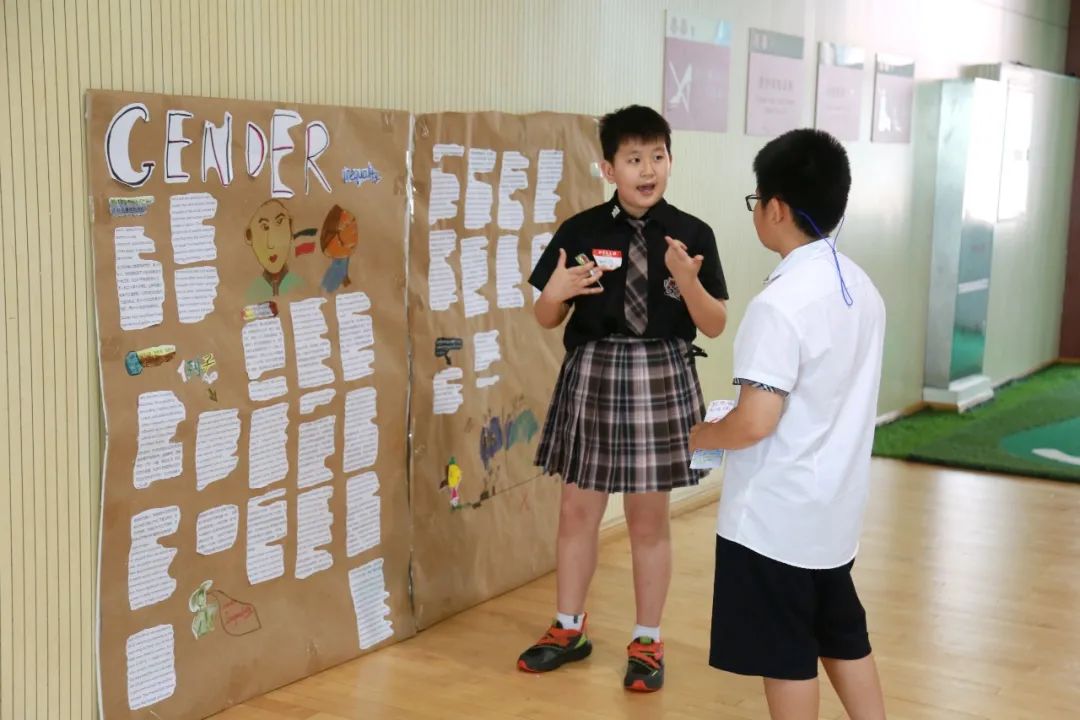
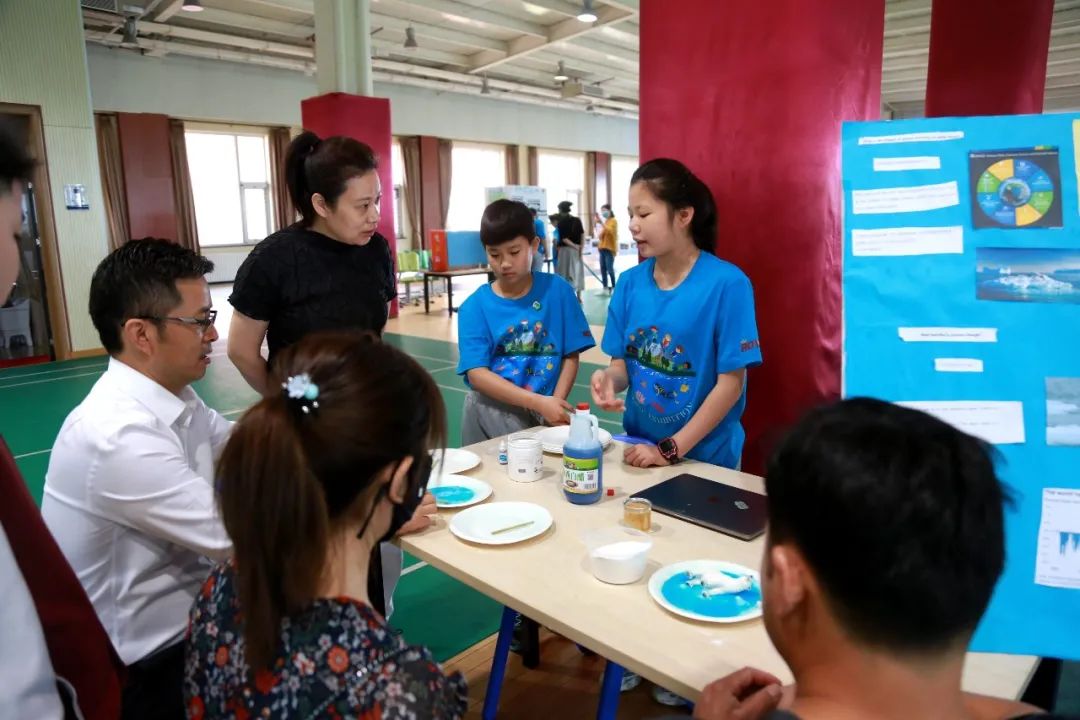
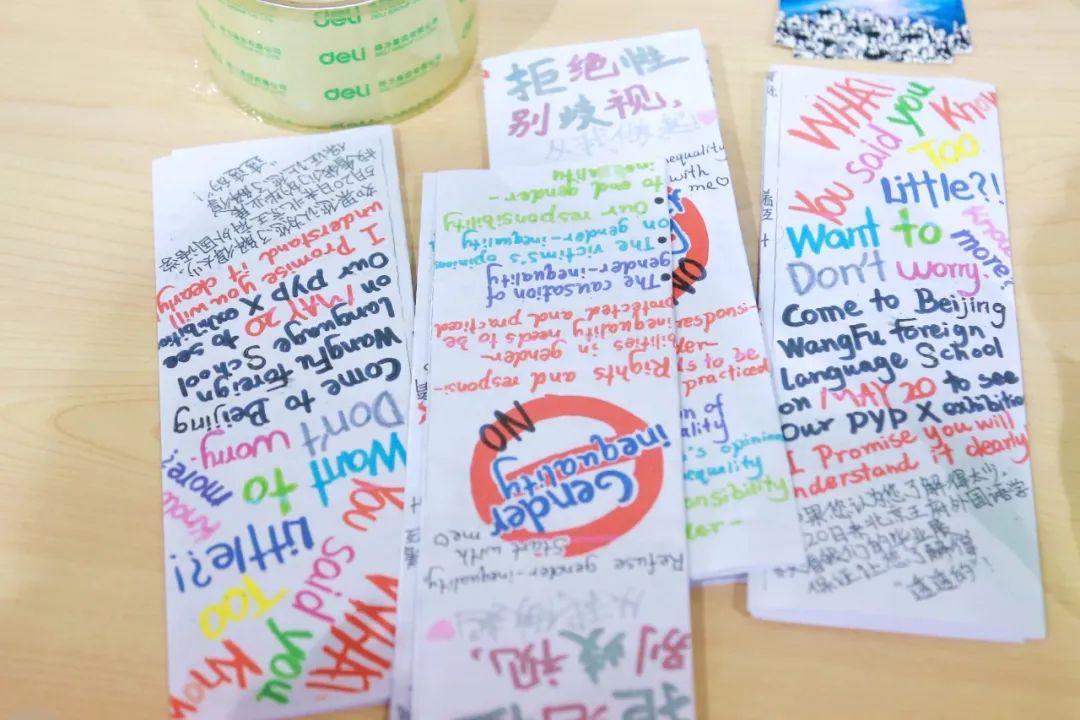
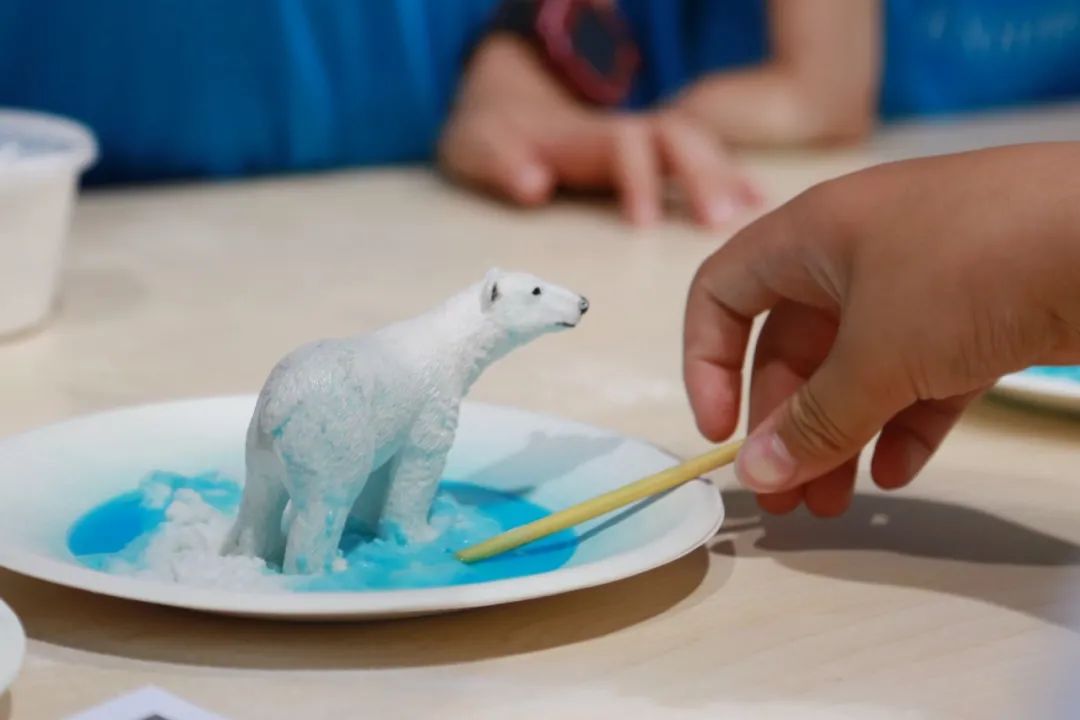
为了与参观者进行现场互动,孩子们甚至复制了一个带有签证中心的机场。他们的努力给来访者留下了深刻的印象。
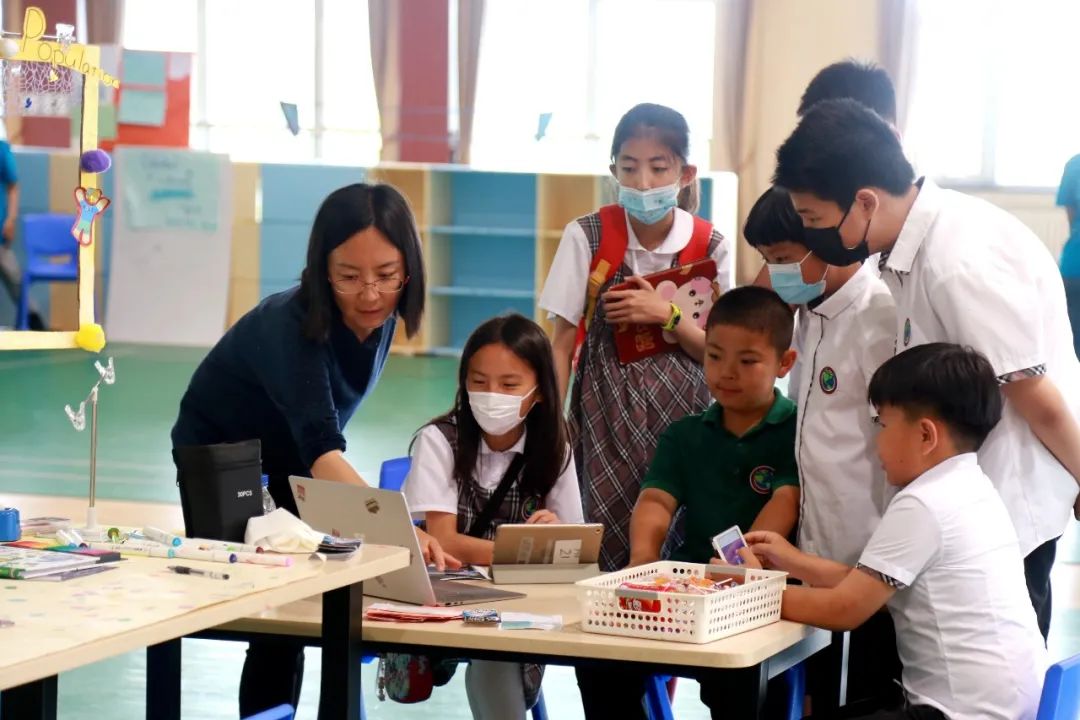
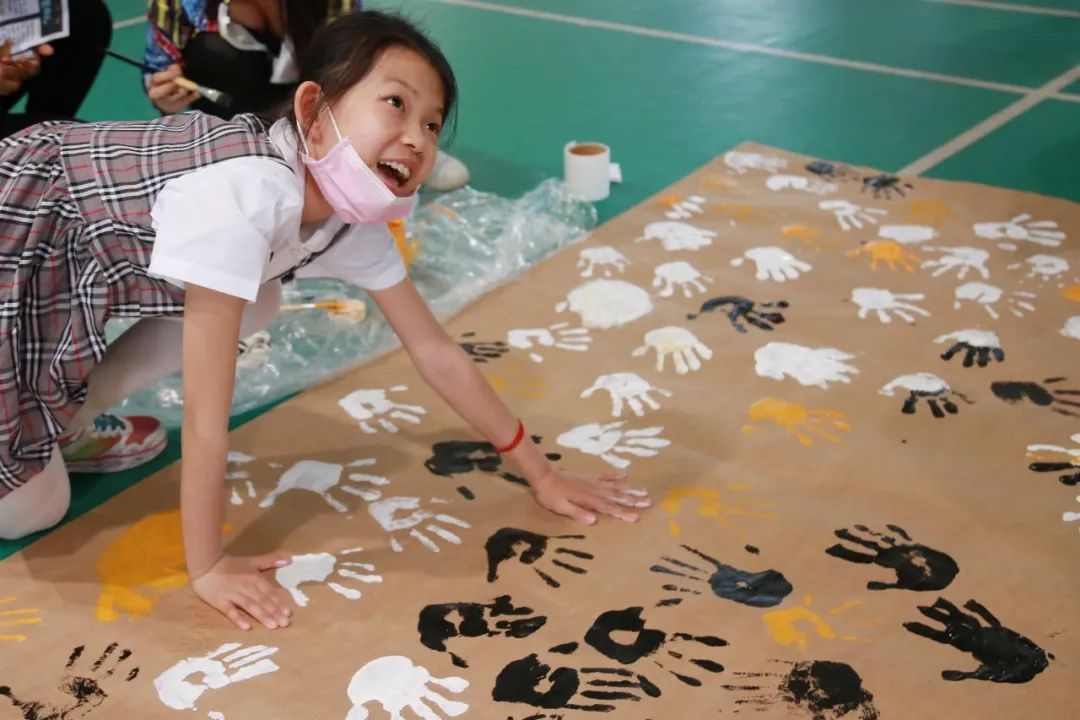
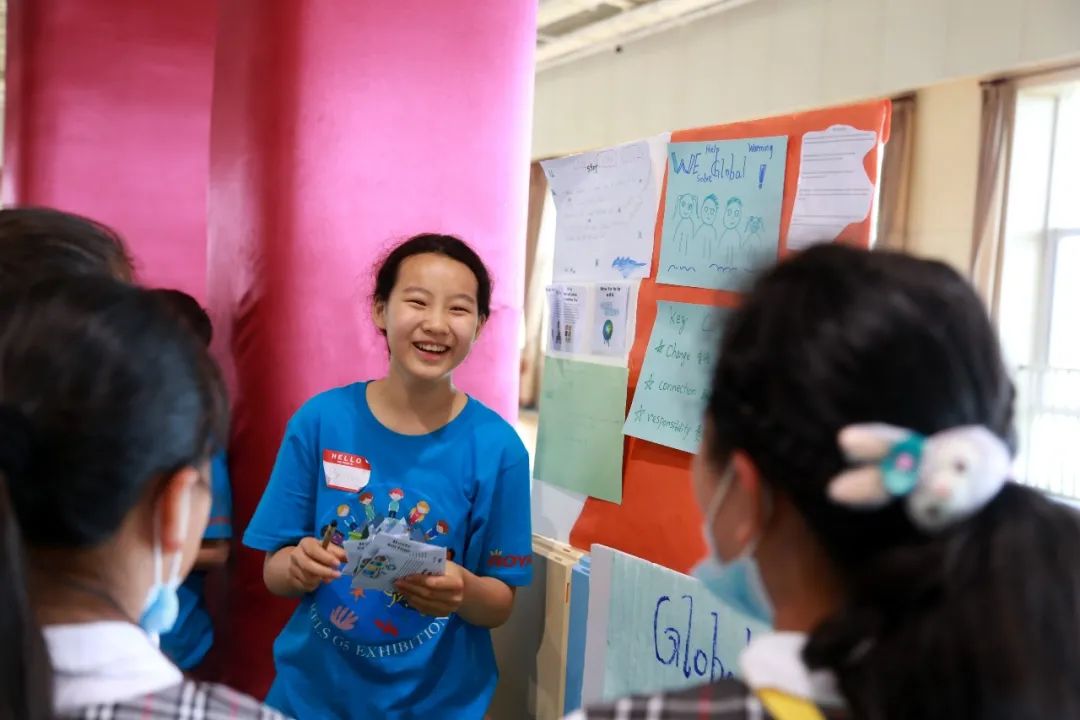

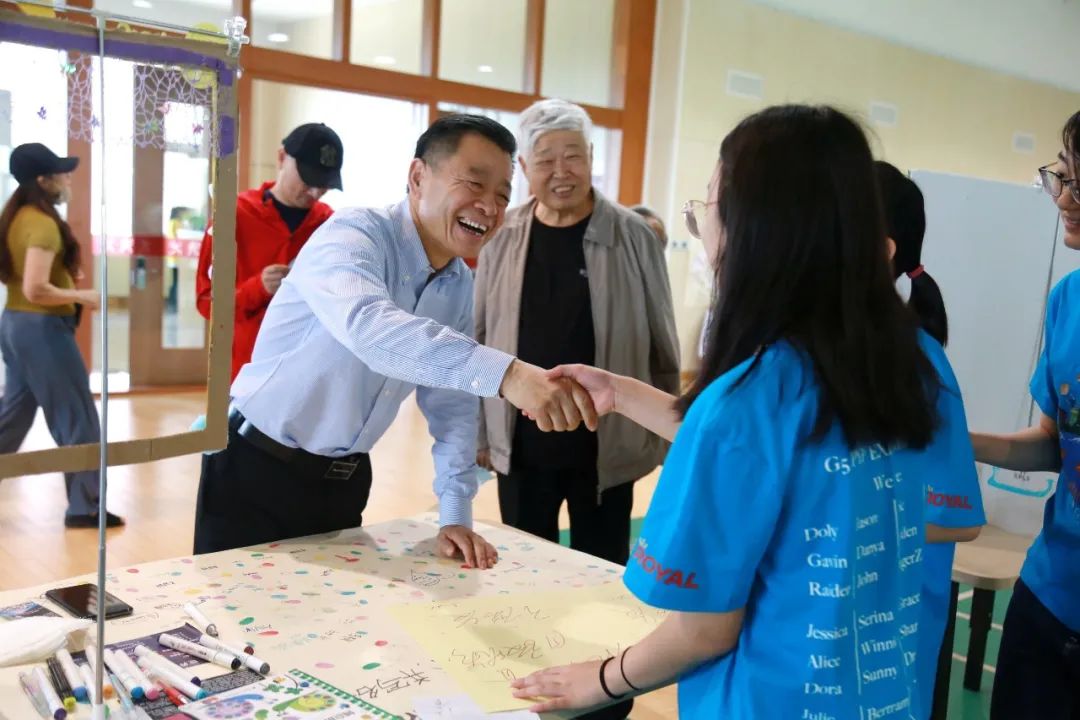

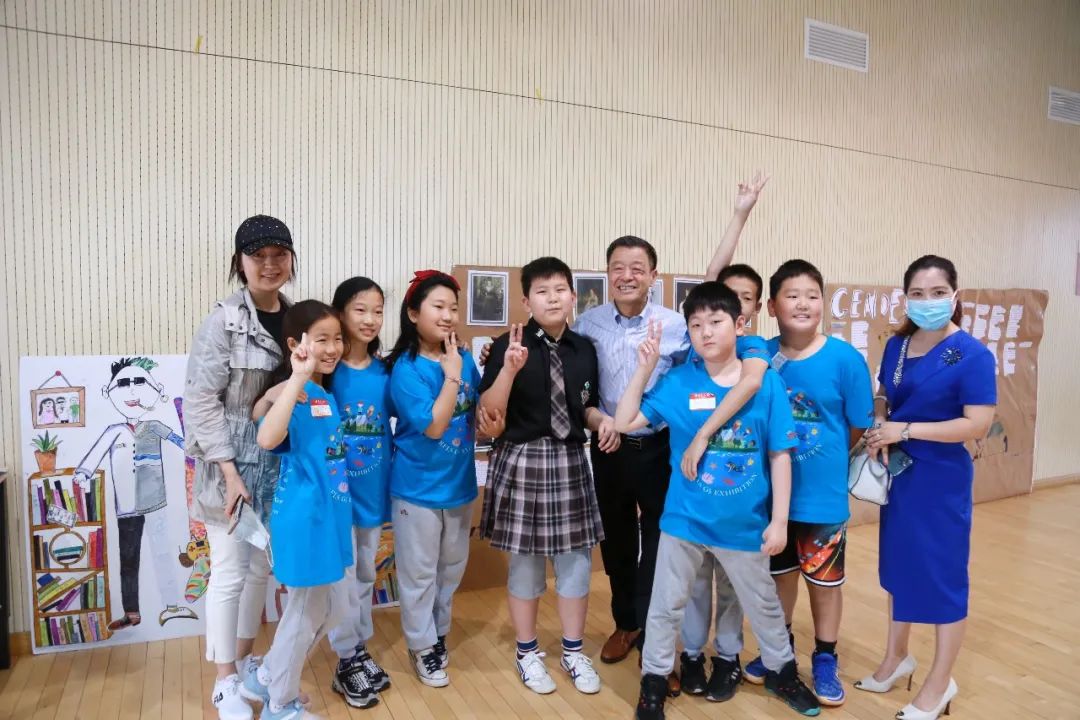
这次参观令我发现,其他学校也有很多有才华的人和有潜力的人;
出游参观教会了我如何做展示,如何变得更加心胸开阔;
我明白了犯错误是不可避免的,但是更重要的是如何改错使之更好;
出游参观很有趣,因为接下来我们要进行很多类似的展示;
我喜欢这次参观的体验,因为我发现了很多善良的人,这让我感到很满足。
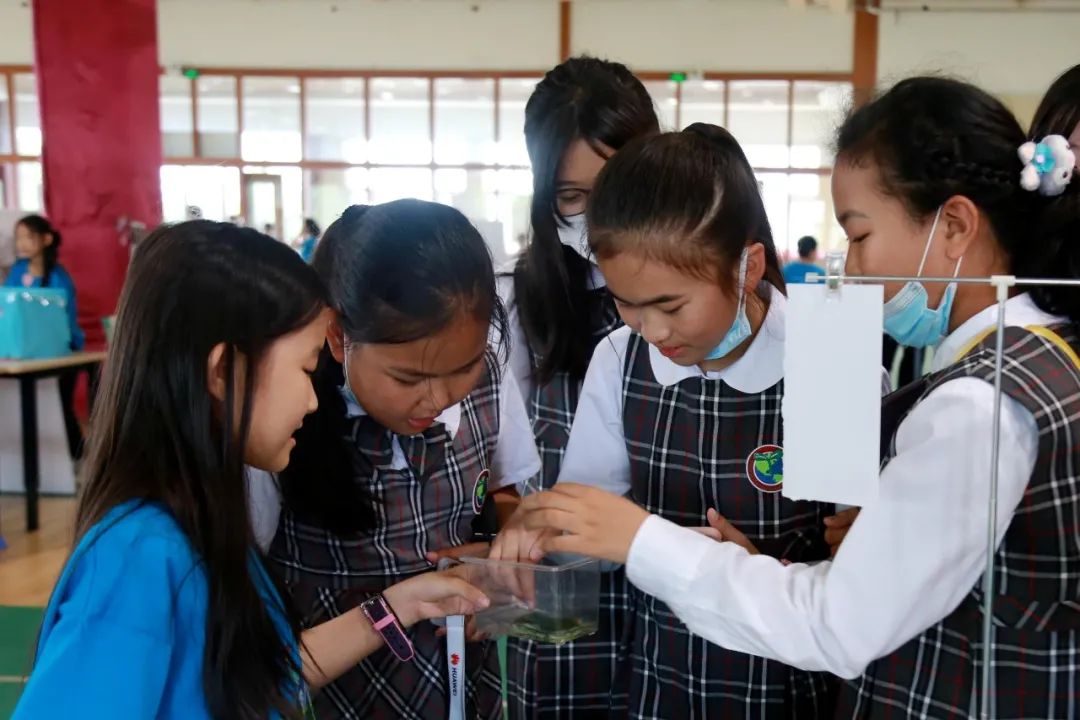

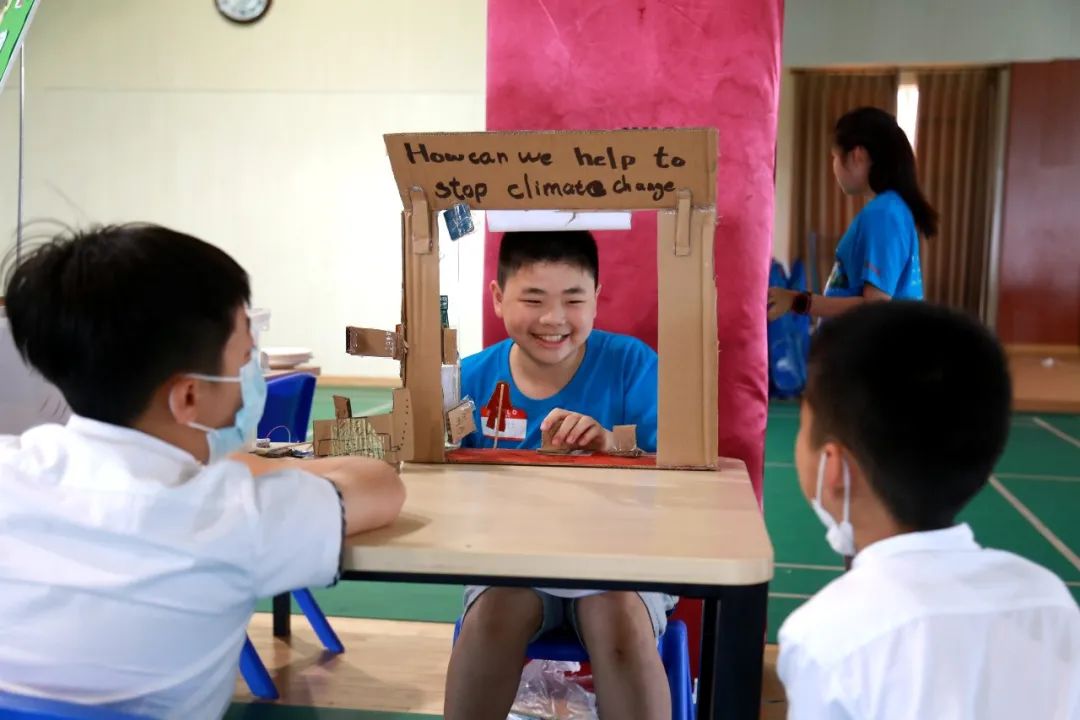
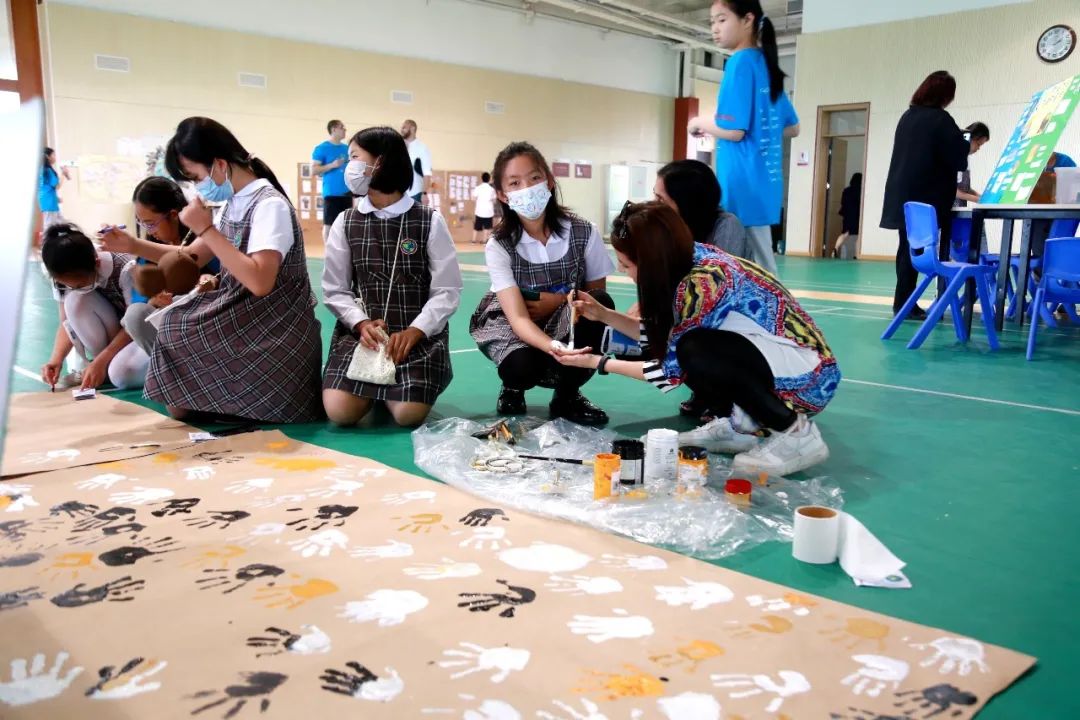

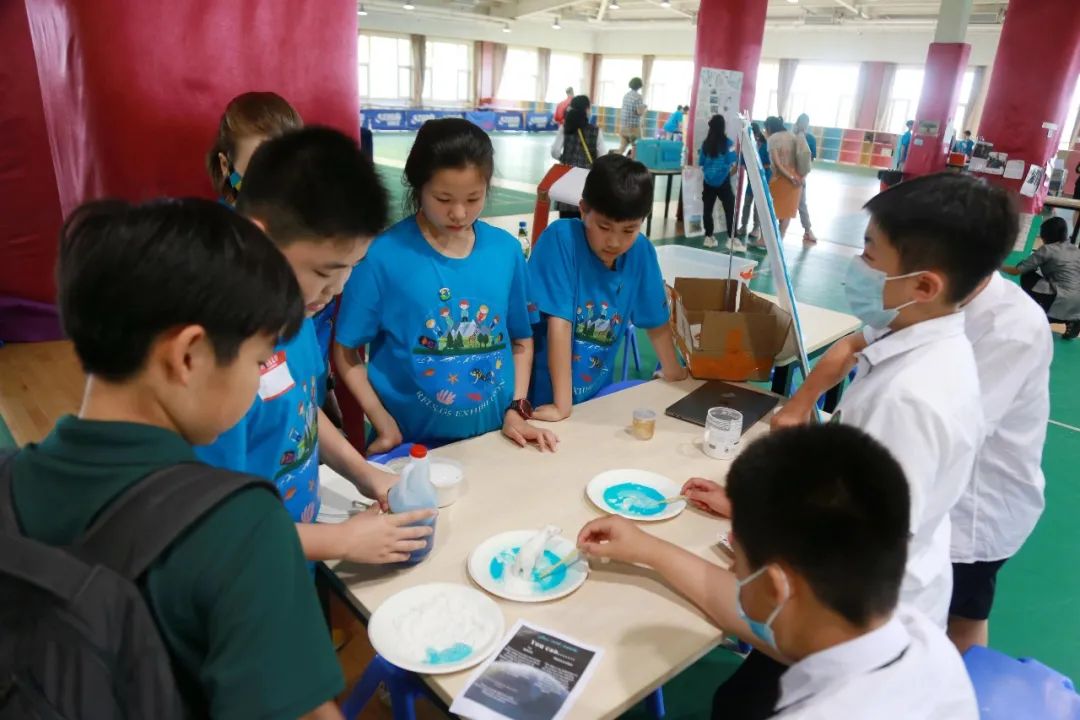
毕业展中孩子的准备十分充分,通过毕业展的主题展示,家长看到了孩子批判性的思维,孩子们自己对世界和自身的了解也正在增加;
孩子自主探究的能力让我惊喜,感谢学校和老师的付出;
王府学校十分重视孩子的技能培养,这是当代社会竞争中尤为需要的;
孩子对探究式新颖的学习环境十分喜欢,期待孩子们升入初中以后也能继续发挥探究精神,快乐生活,快乐学习。
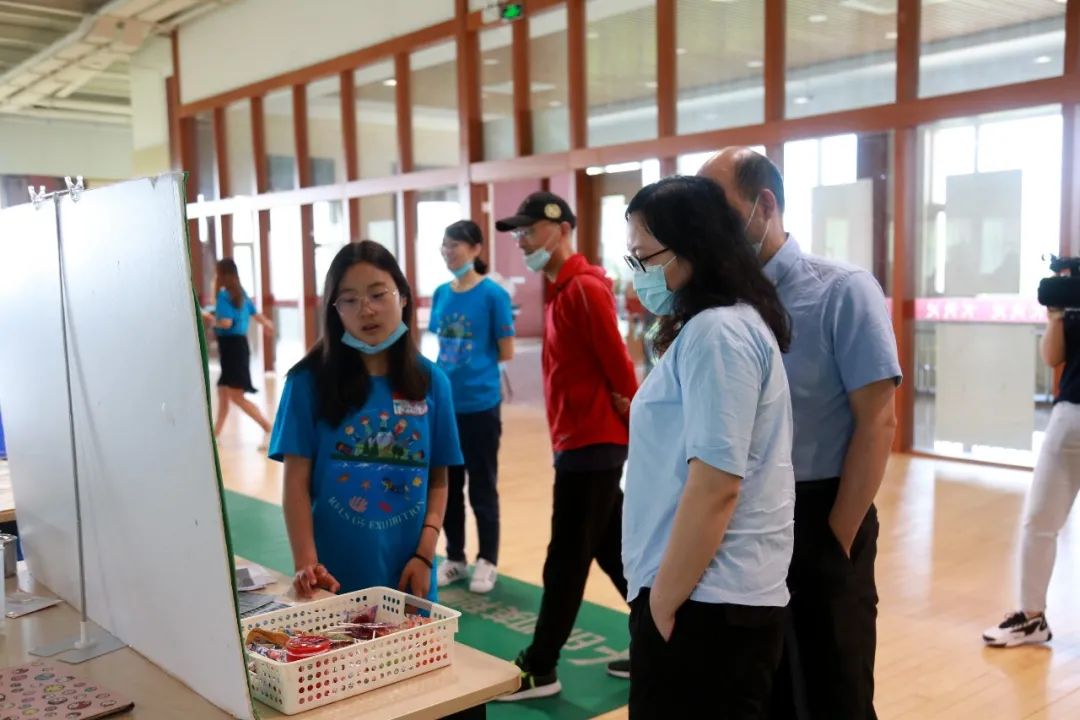
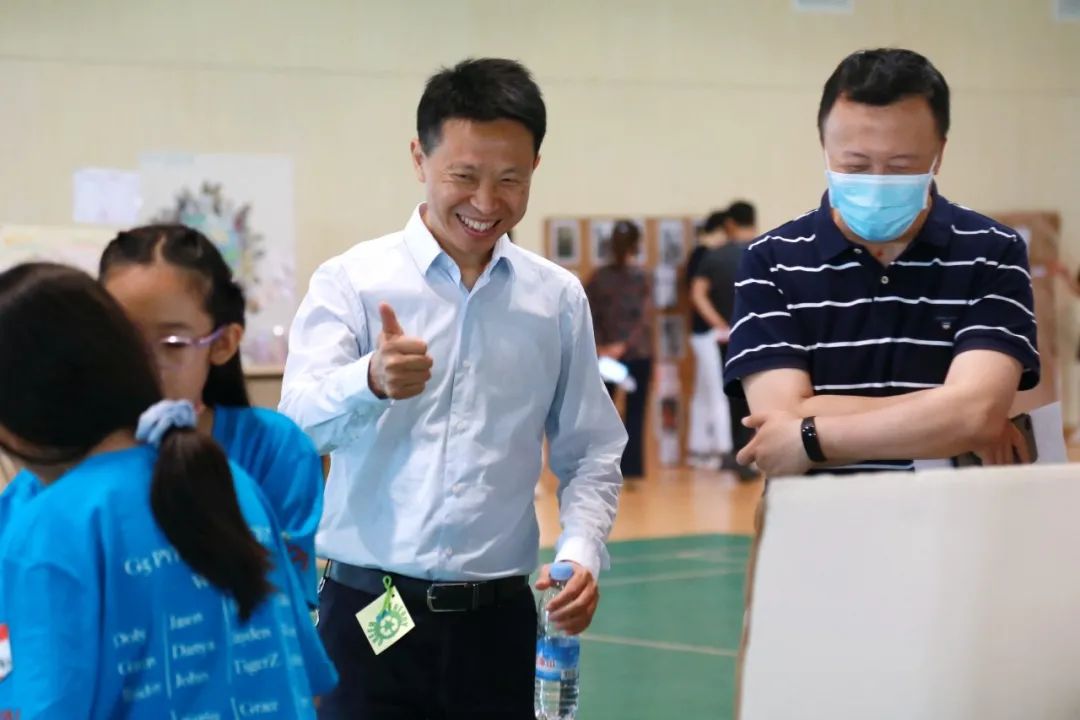
孩子们表示,如果毕业展再来一次,他们会更有经验,会更加注重时间管理,继续深入探究。
作为教师,我们为学生们探究主题的热情及深入探究的决心而深深地打动。
明年即将举办毕业展的准五年级学生,希望我们示范了一个还不错的开头,祝愿你们一切顺利,等着你们来超越!
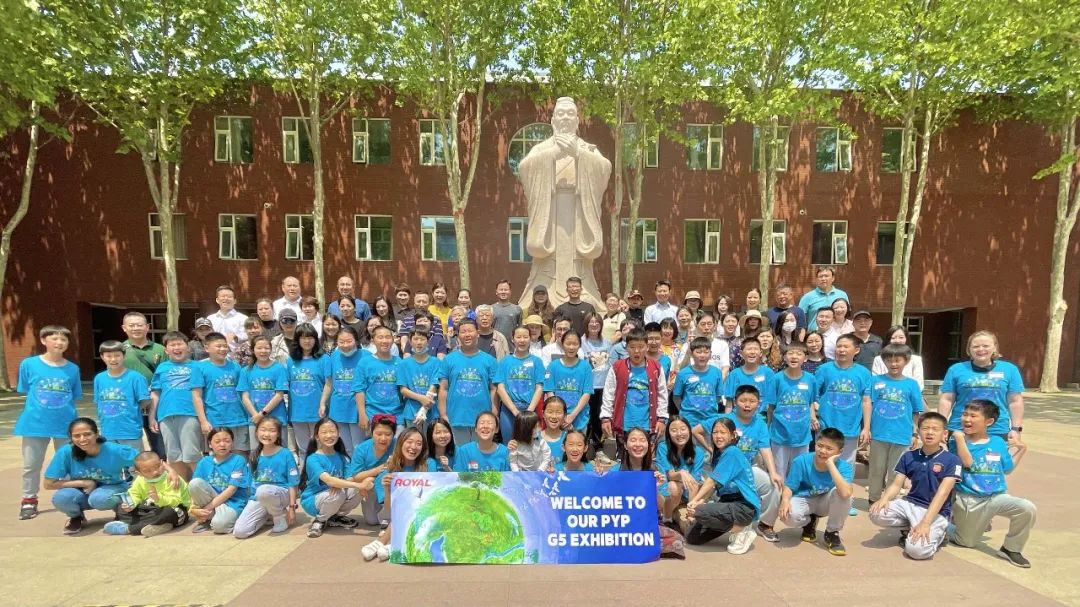
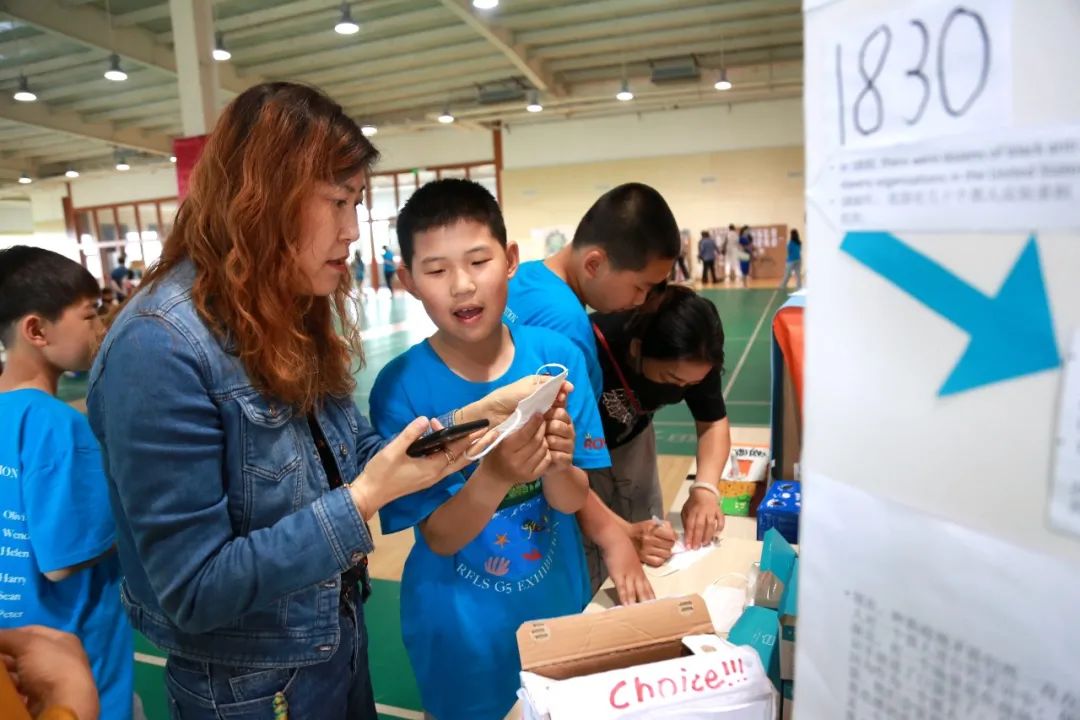
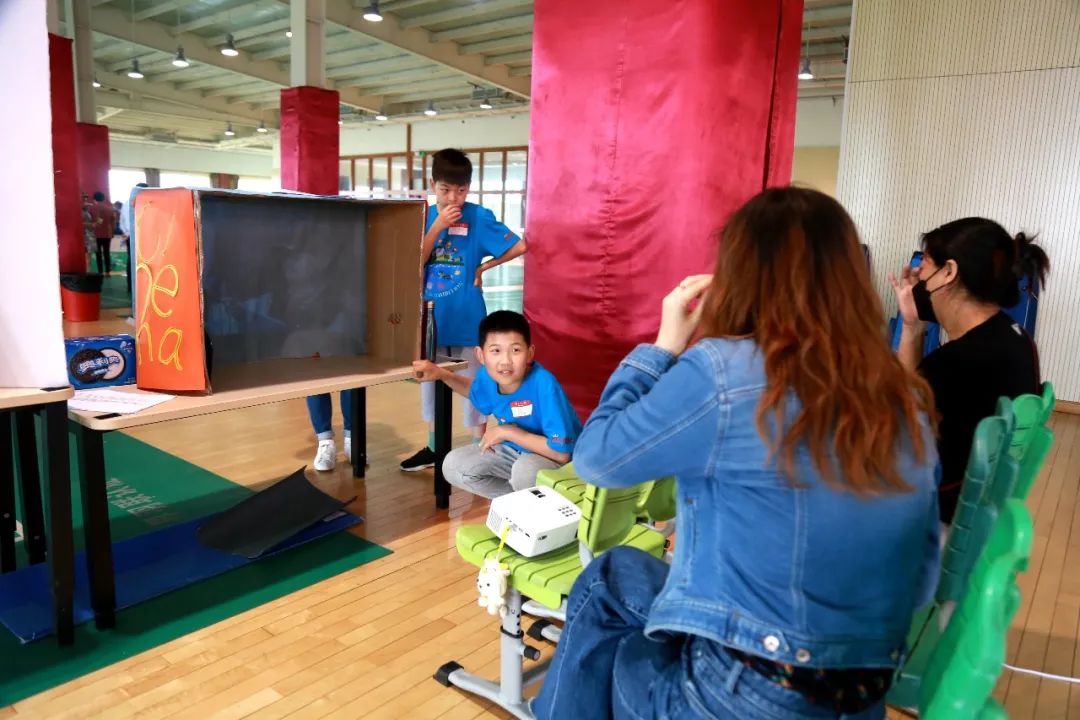
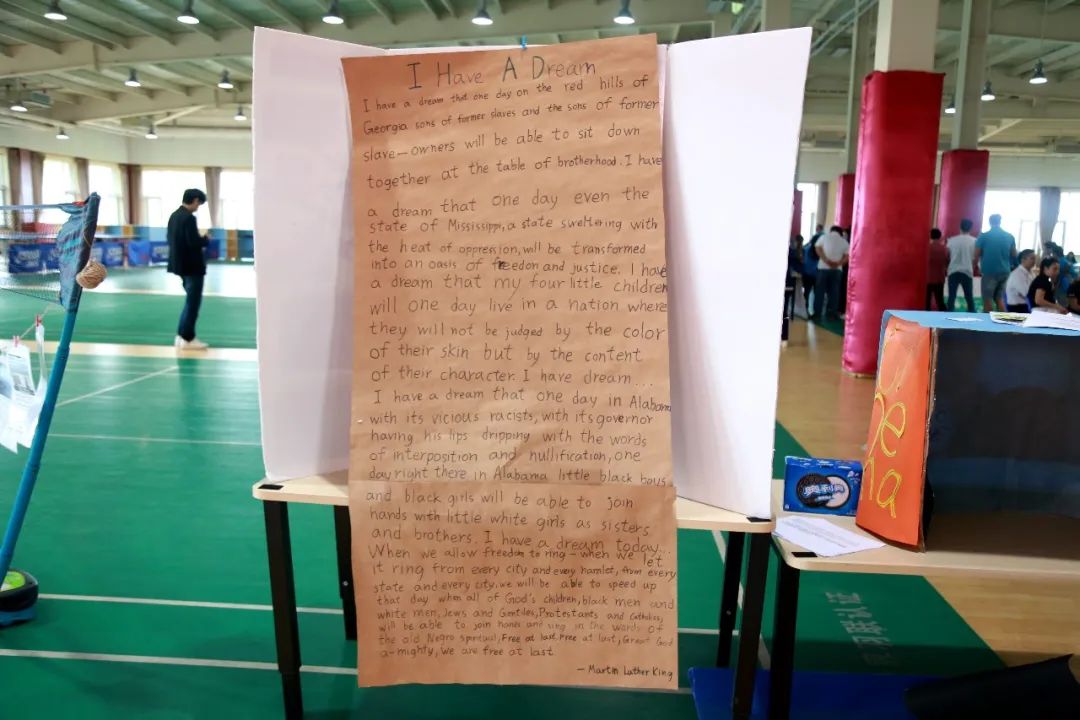
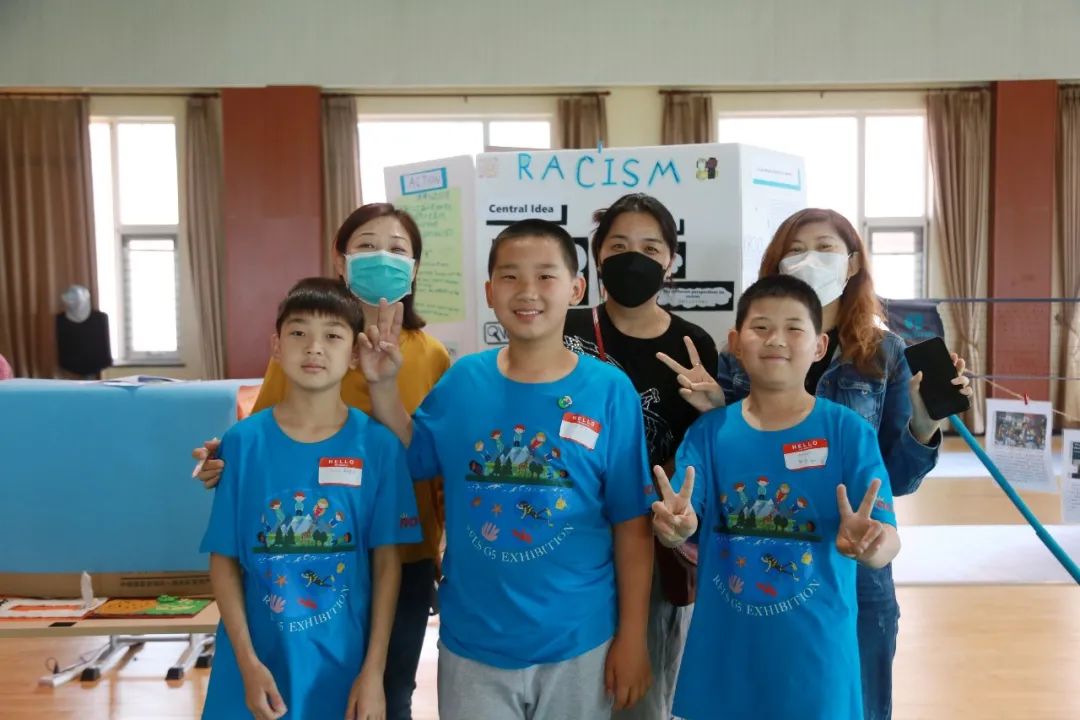
· rights and responsibilities in the struggle to share finite resources with other people and with other living things;
· communities and the relationships within and between them;
· access to equal opportunities;
· peace and conflict resolution.
Unlike other Units of Inquiry which models guided inquiry, this unit was entirely designed by the students. In week 2, students chose their topics of interest and were grouped accordingly with about three students to a group. They showed admirable interest in strong causes, both local and global – Racism, Gender Inequality, Homelessness, Hunger, War and Peace, Global Warming, Water Pollution, Energy Crisis, Endangered Animals and Overpopulation. They then spent the rest of the week framing their inquiry to form their key questions, concepts, lines of inquiry and central idea.
As our students are still quite young, assistance was still provided through our team of twelve volunteer teachers who mentored a group each through the rest of the seven weeks. A special mention must be given to the mentors who went well beyond what was asked of them. Indeed, they were with our students so much, guiding and prompting them with questions and resources, suggestions and feedback, listened with a caring heart and helped students make their own decisions.
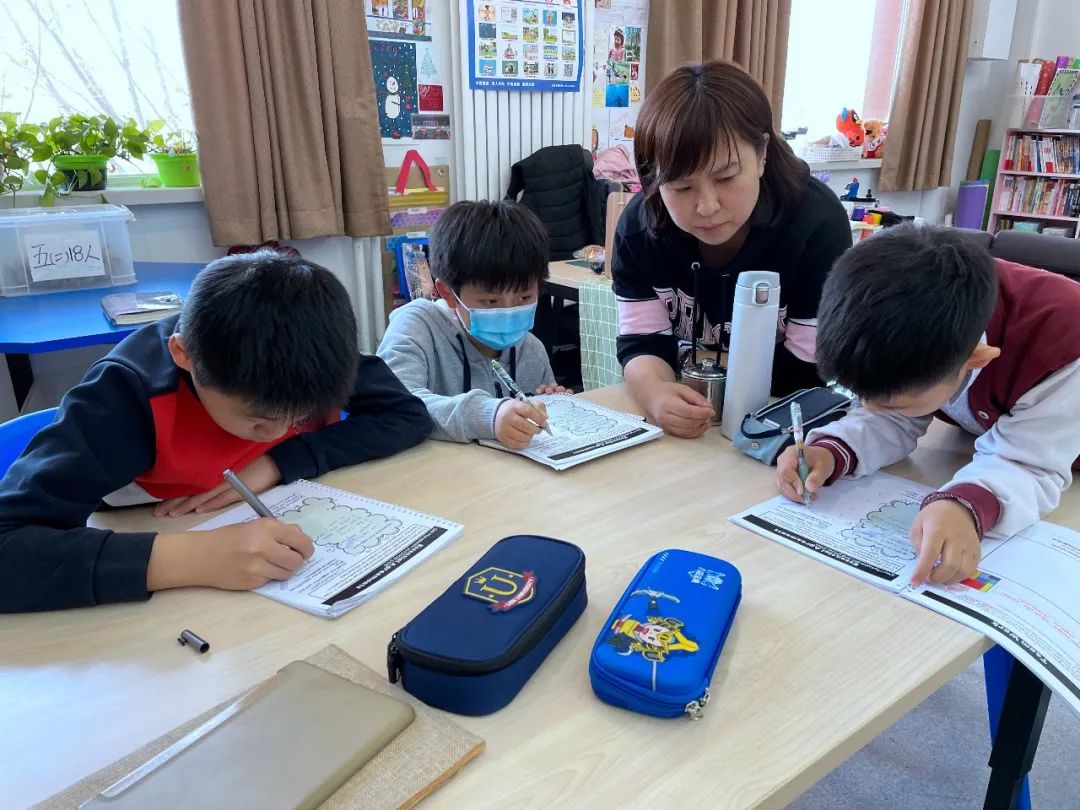
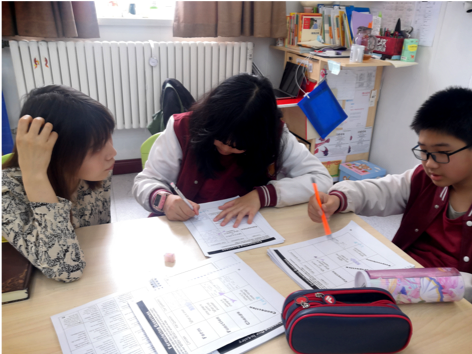
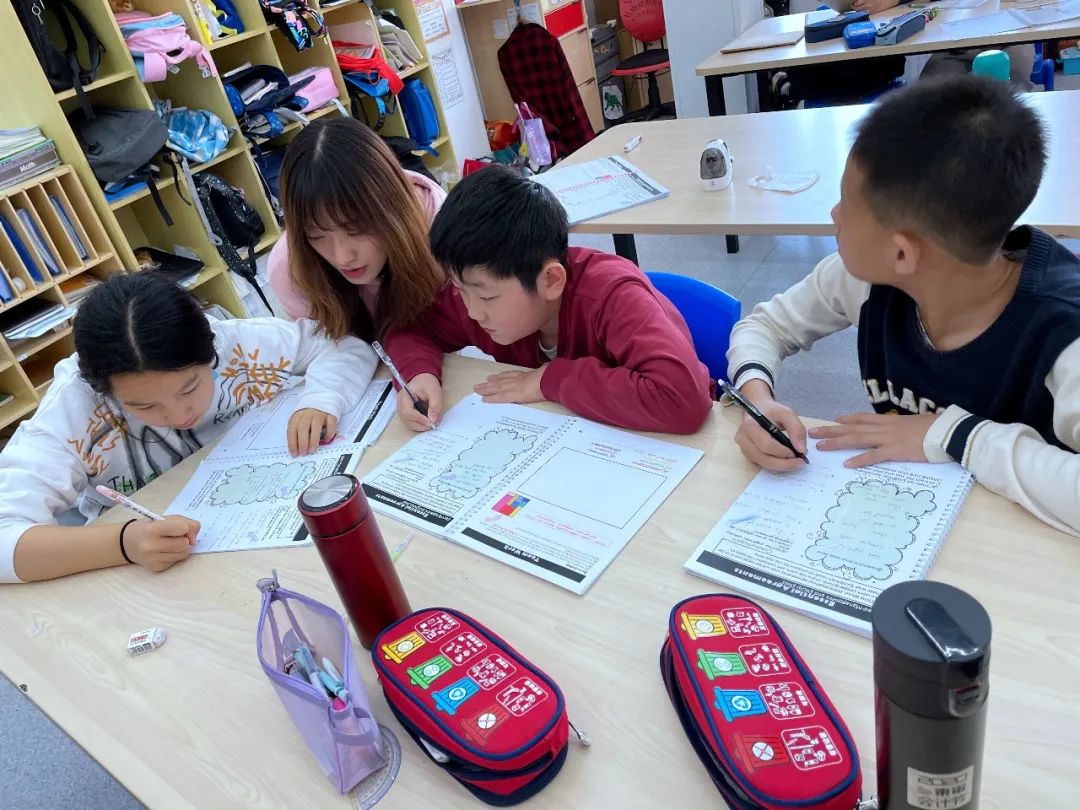

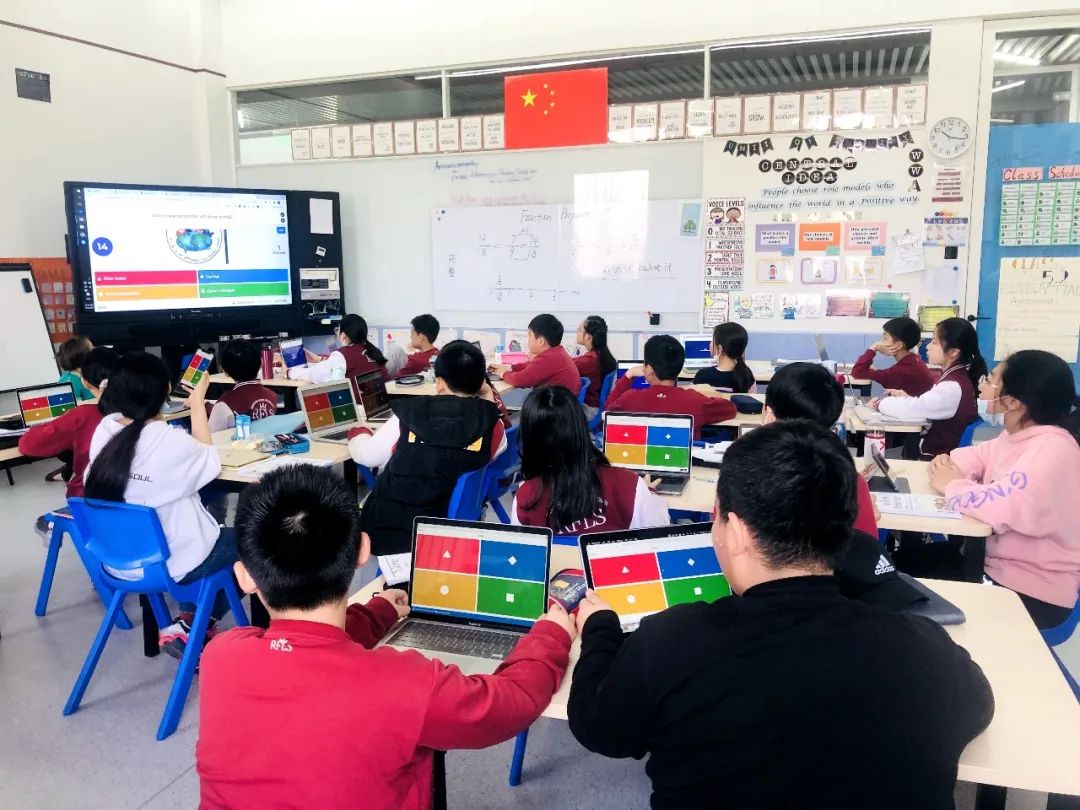
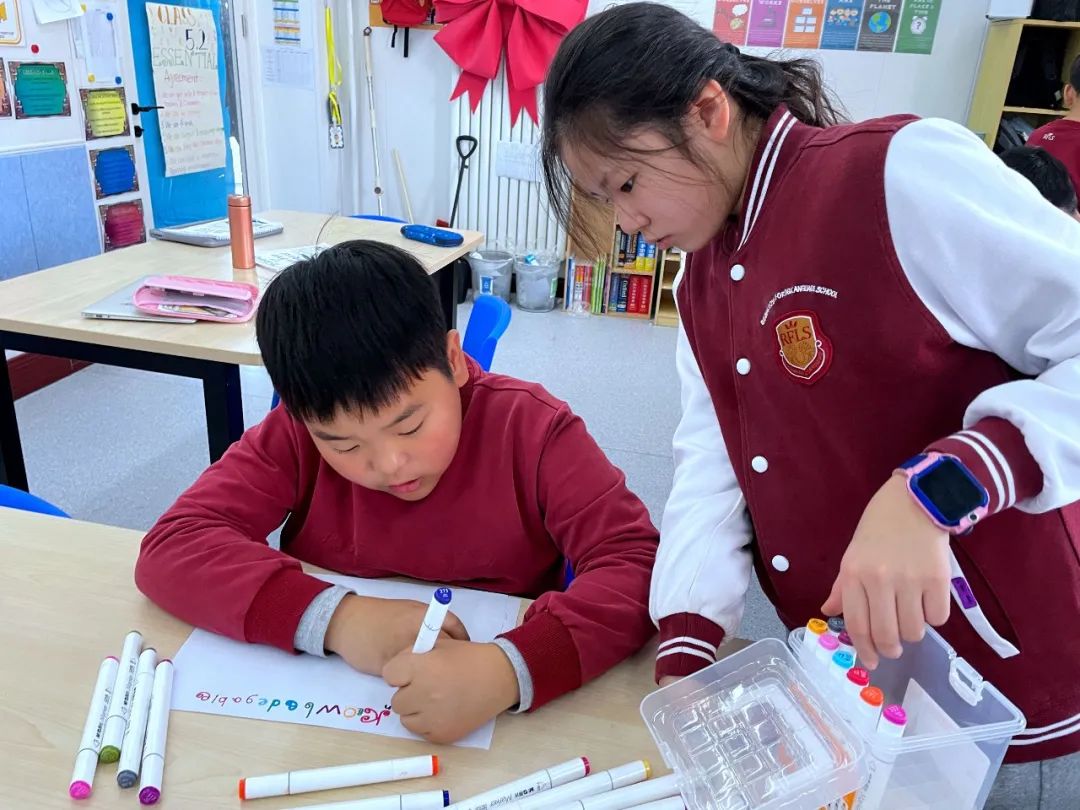
The children were required to present their research through an art medium, a technological one and a written piece. Any visitor at the Exhibition could see that most have exceeded our expectations, by creating massive to life-size models, including a mini cinema room, a puppet show, massive world maps, statistical charts, science experiments, a television set, interactive sessions with their guests and with one group even replicating an airport with a visa centre. The children were clearly driven to make an excellent impression and impressed the crowd was.
Here are some of the feedback our kind visitors had left us: “There are many things worth learning in their school. For example, they have loud voices and are not shy at all.” “I think I had a great experience on the field trip. The field trip made me find out that there are so much talented people and people with many potentials in other schools too. The field trip taught me how to display things and how to be open-minded. I learned that it’s okay to make mistakes and how to correct those mistakes to make it better. The field trip was fun because there were some very good competitions we had to do. Finally, I loved to have the field trip and it was awesome and had some good-hearted people.”
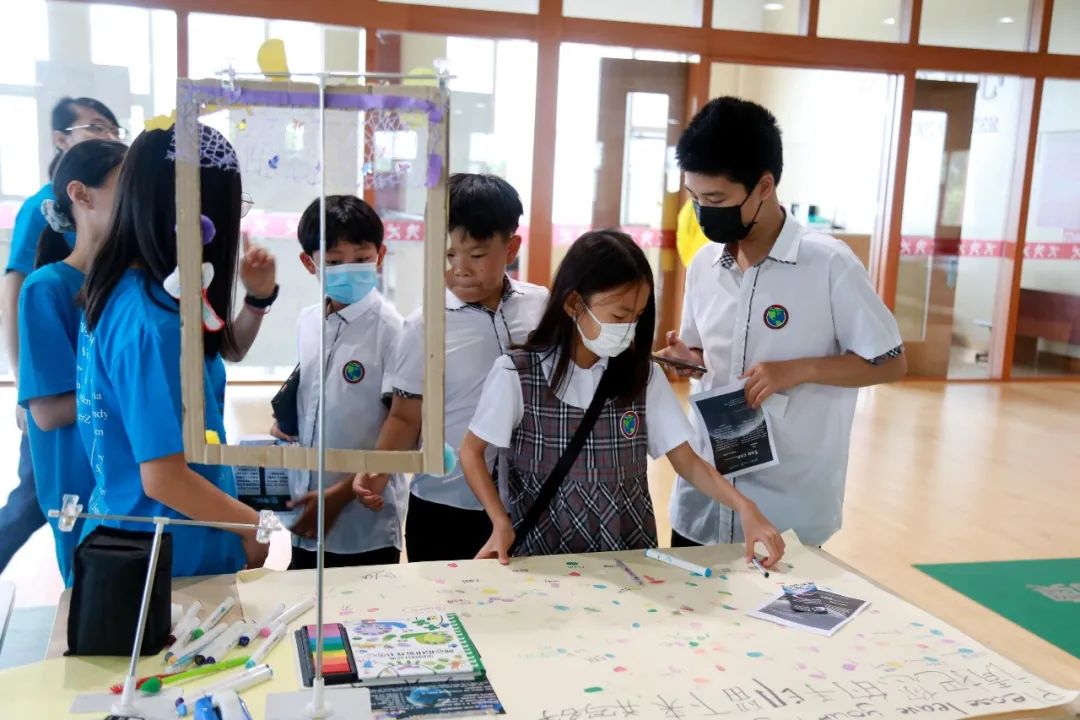
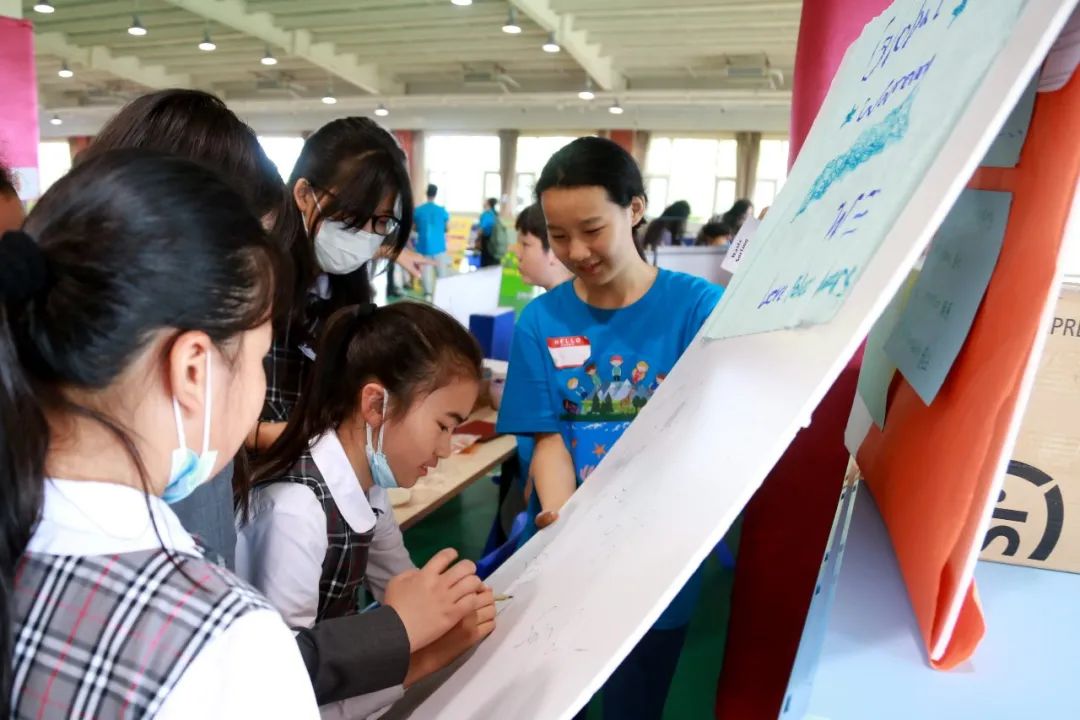
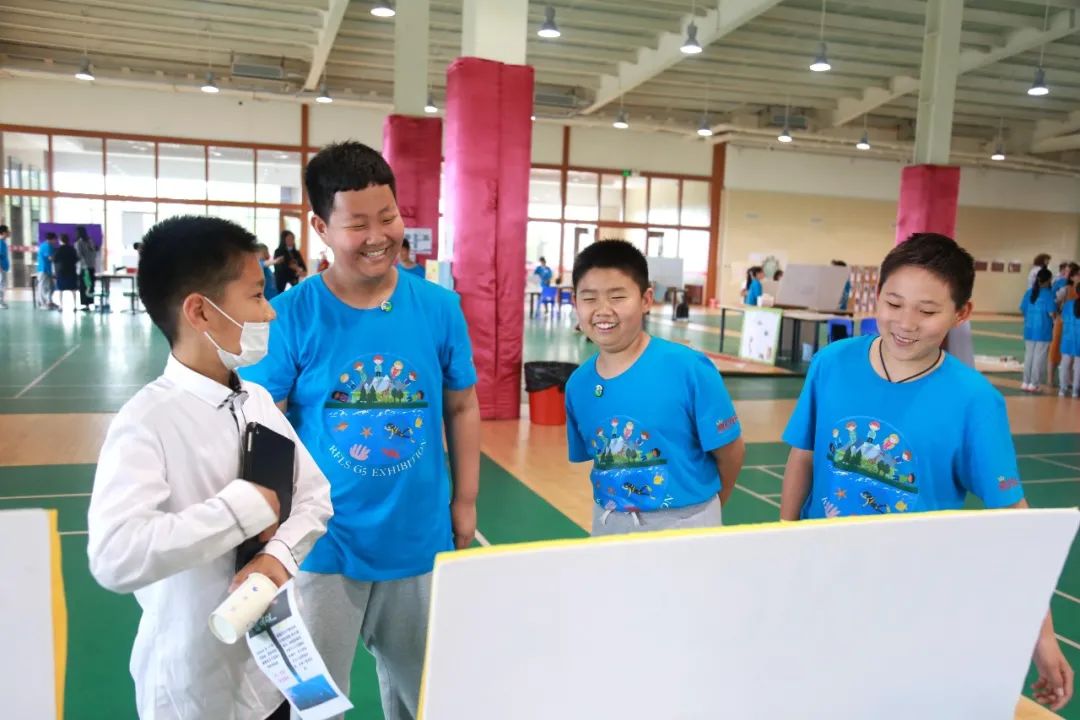
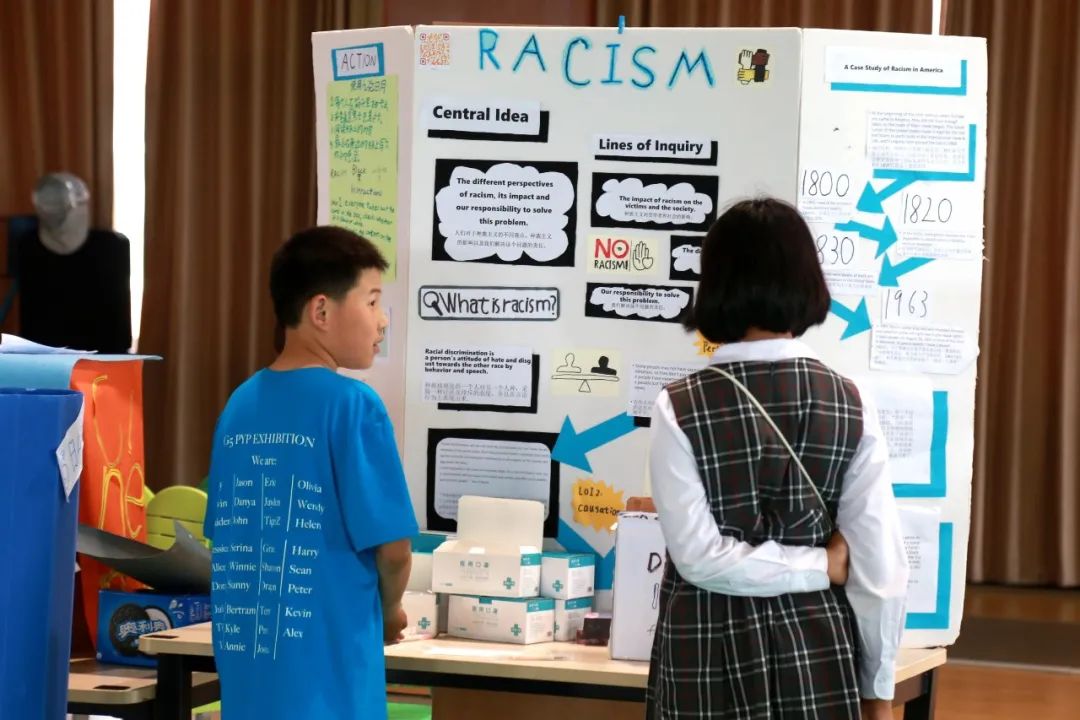


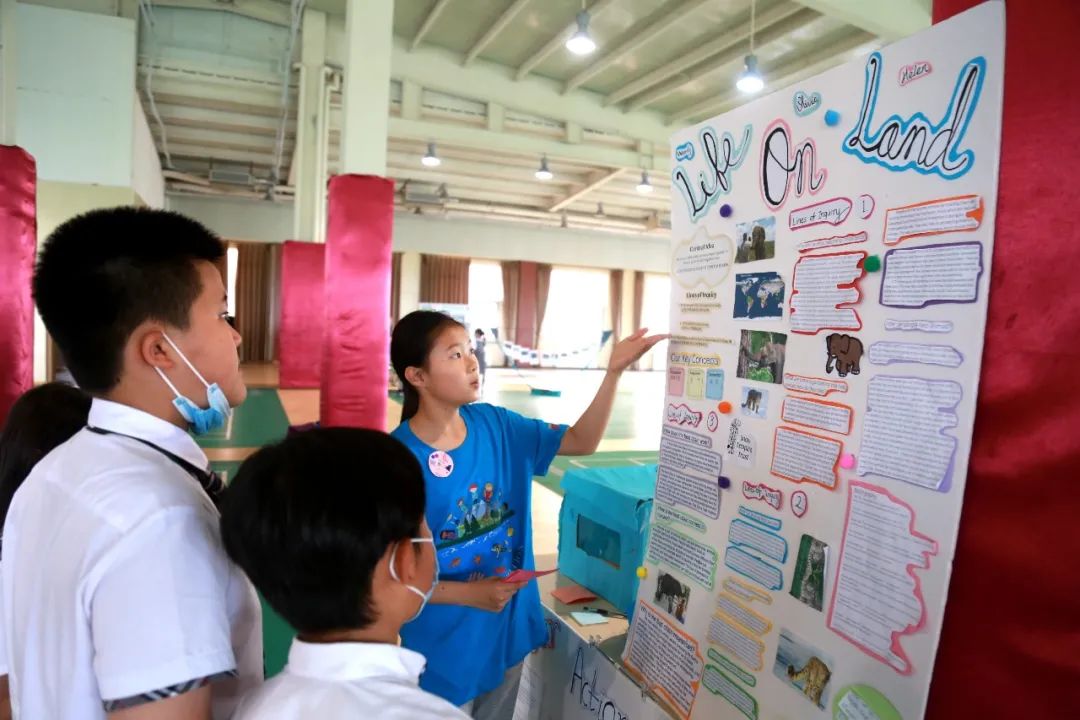
In this week’s inquiry class, the children reviewed and reflected on the whole journey of the graduation exhibition. Some children think that the highlight of the whole graduation exhibition is to confidently introduce the theme to the visitors; Some children are very satisfied with the team work of this group; Some children said it was a pity that they didn’t have a targeted field trip… The children said that if the graduation exhibition was held again, they would have more experience and pay more attention to time management and in-depth exploration.
As a teacher, I found myself inspired by my students’enthusiasm in their topics and decided to study them further.
To the future Grade 5 students who will be doing their Exhibition next year, we wish you all the best and hope we have set a decent standard for you to exceed!
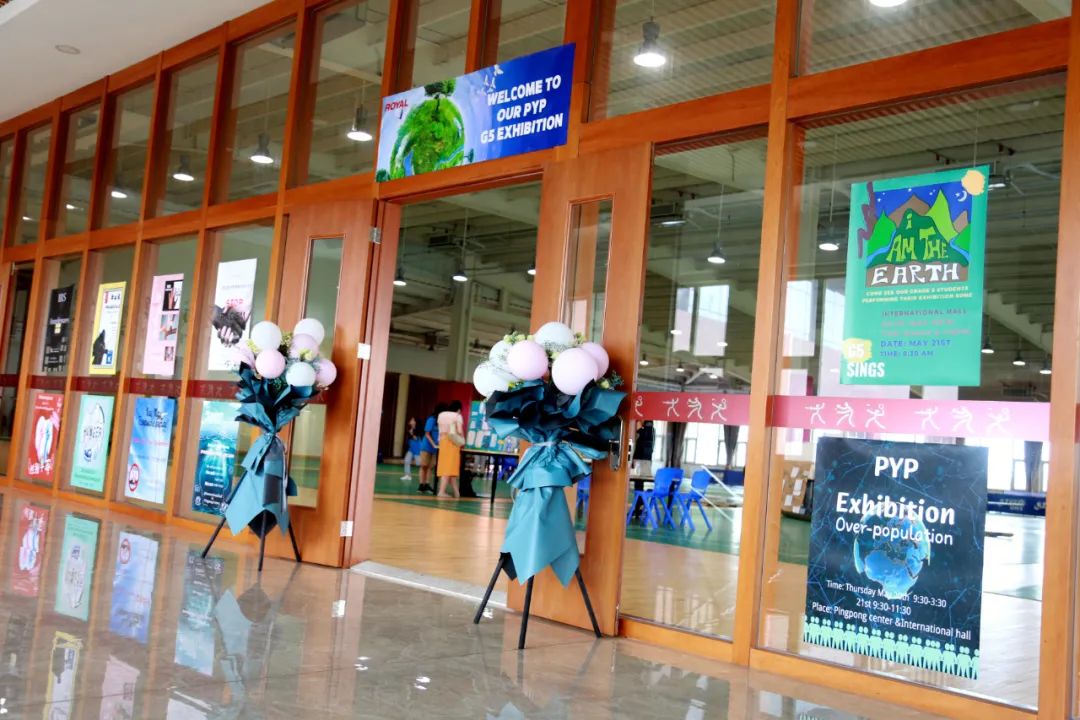
翻译|谢晶晶
摄影|子婷、晓婉
视频|子婷
编辑|晓婉


